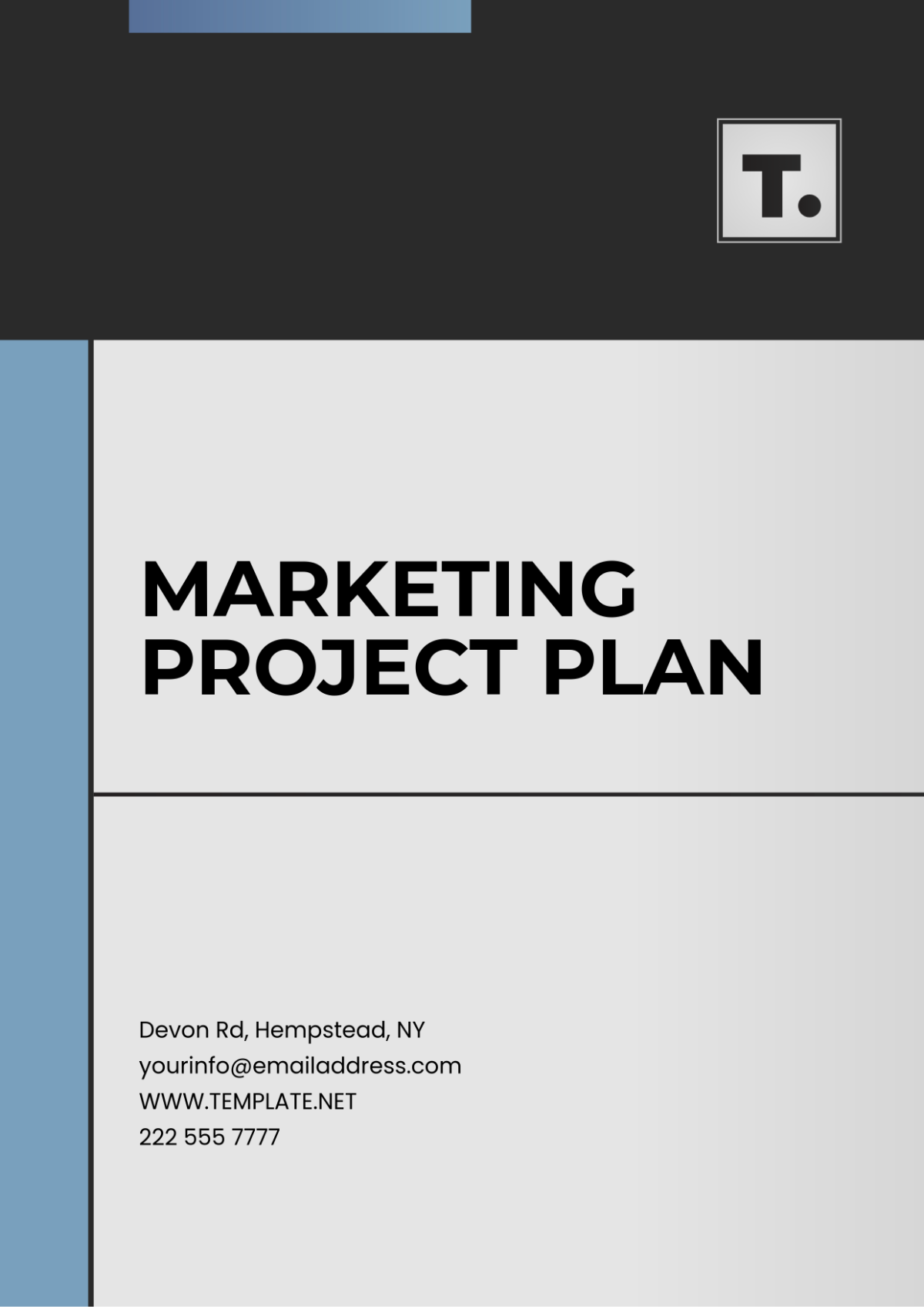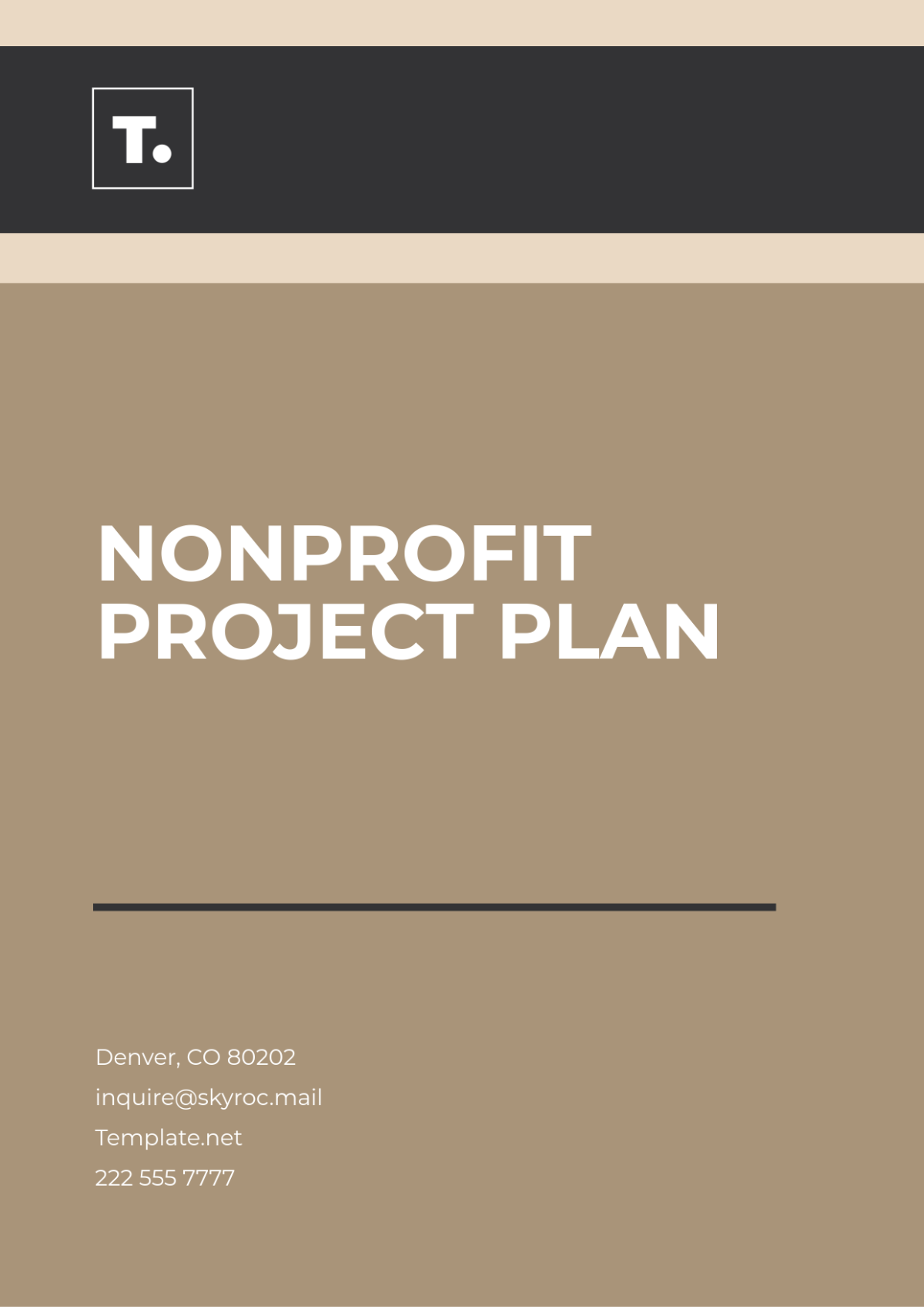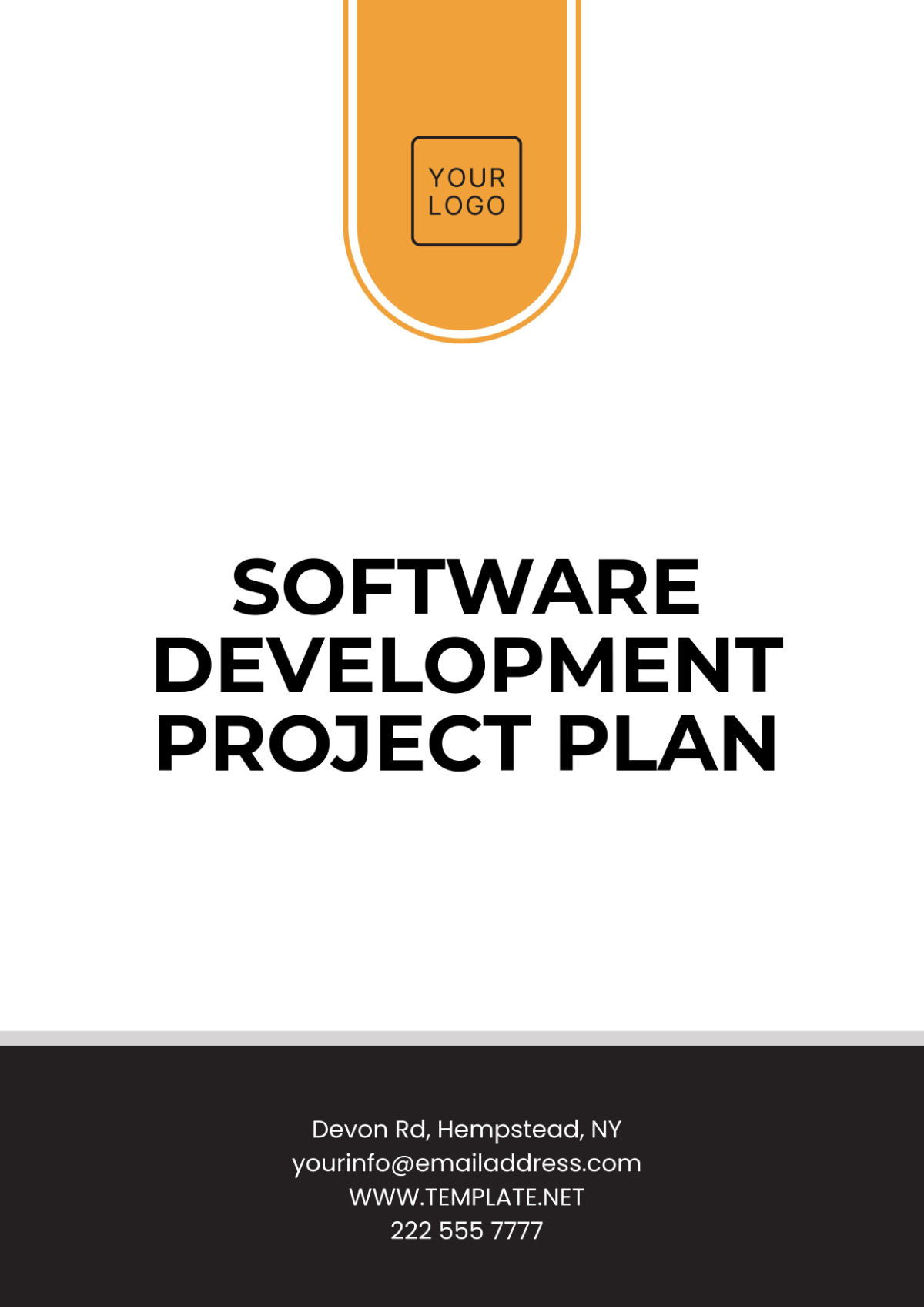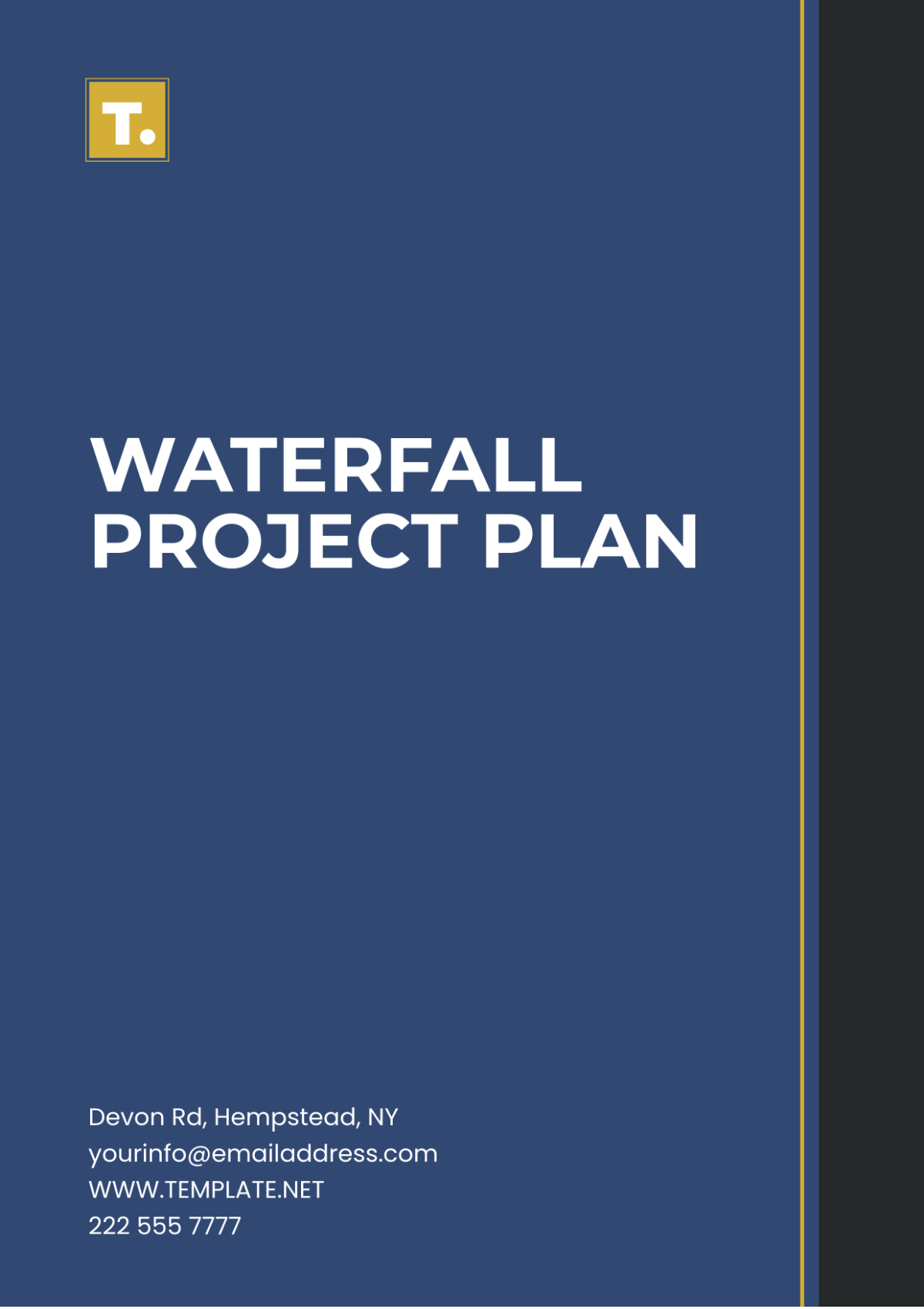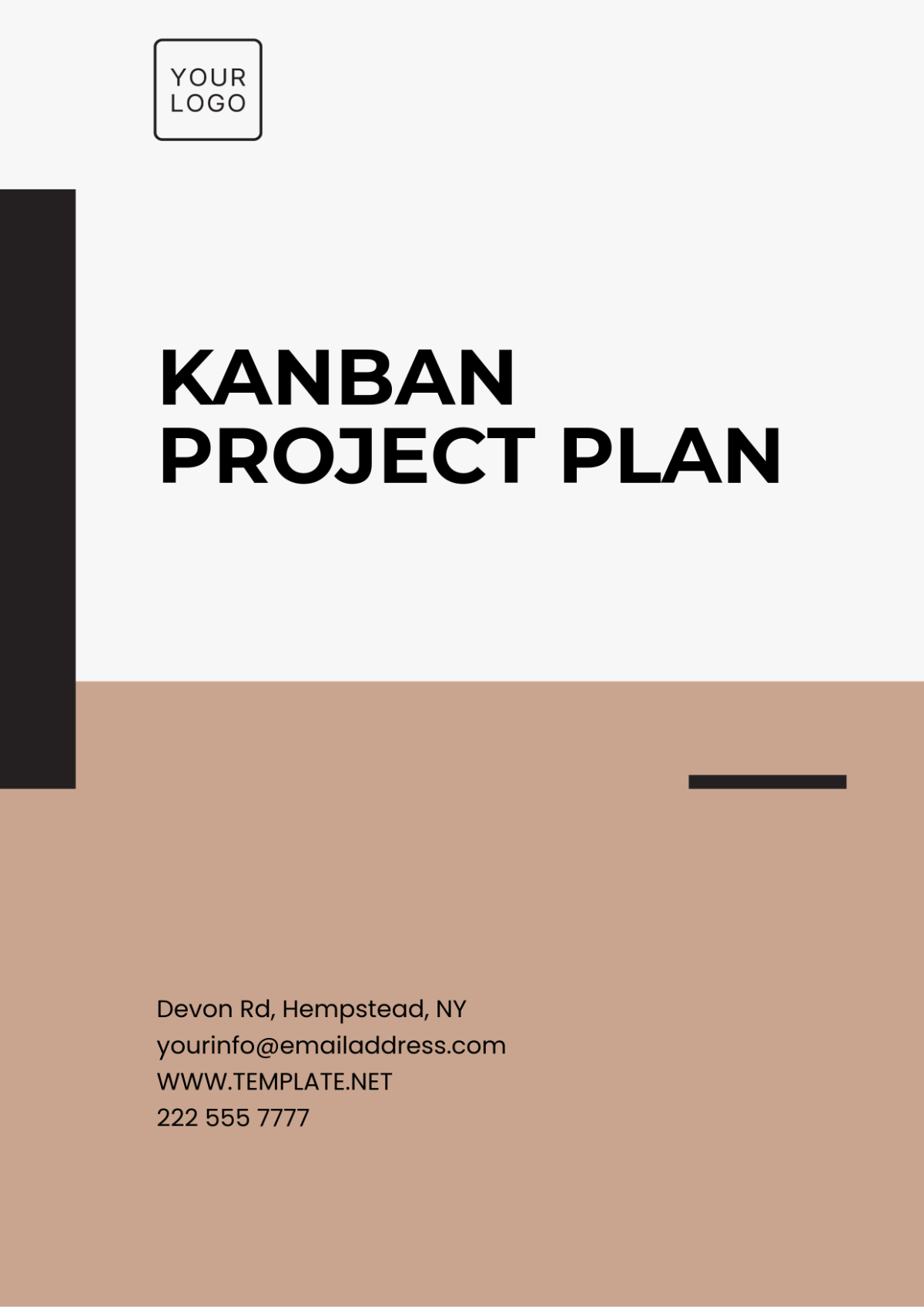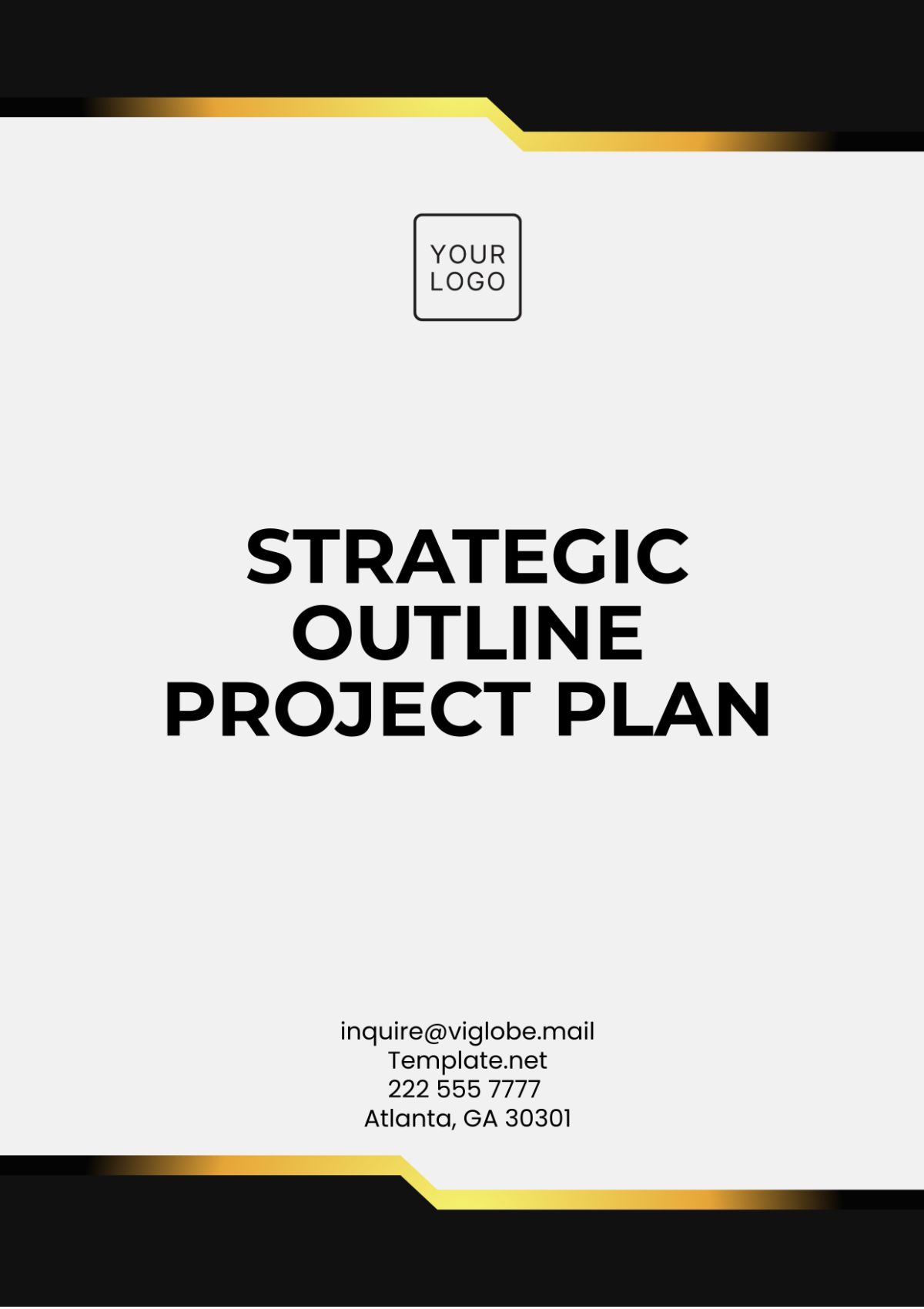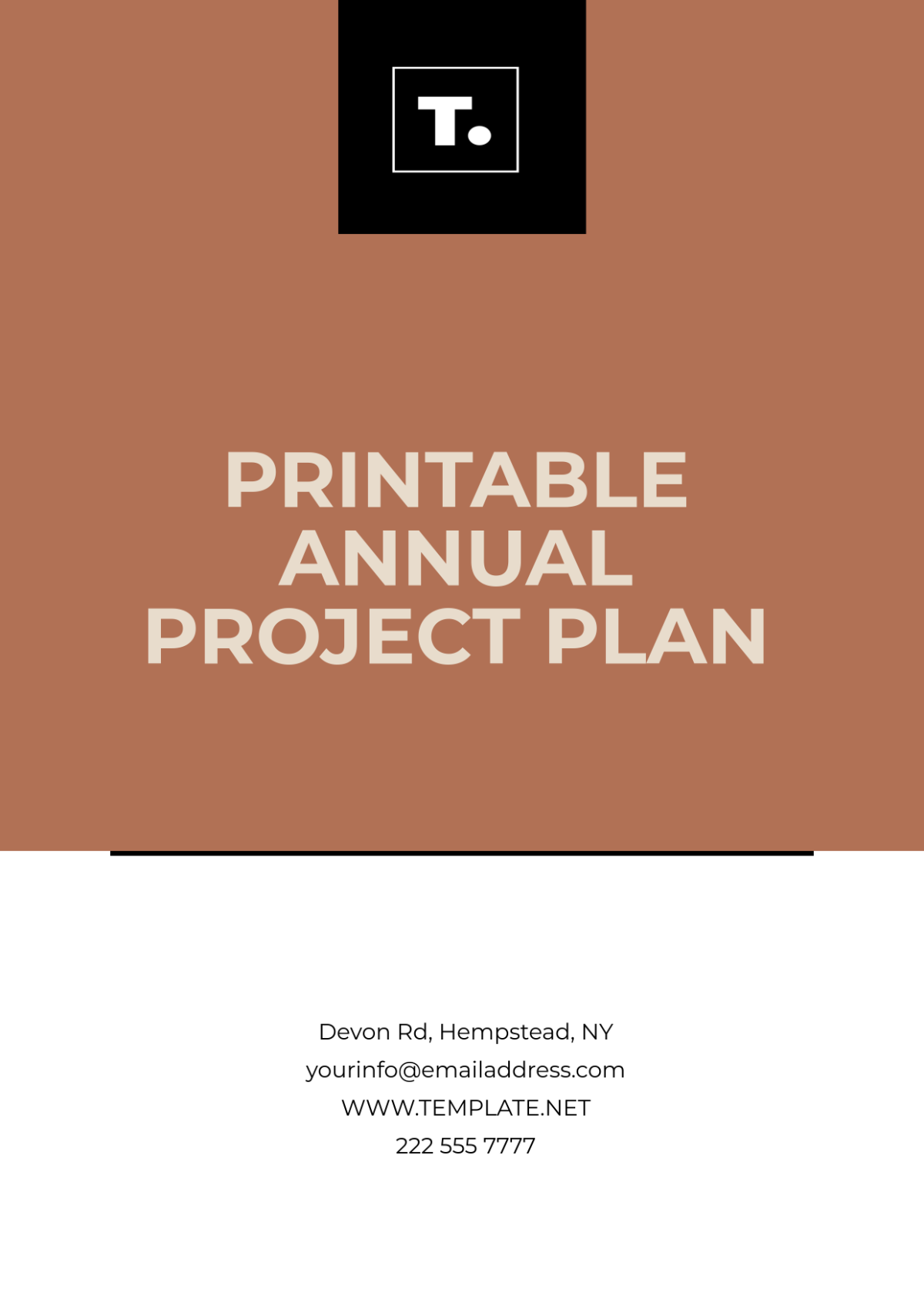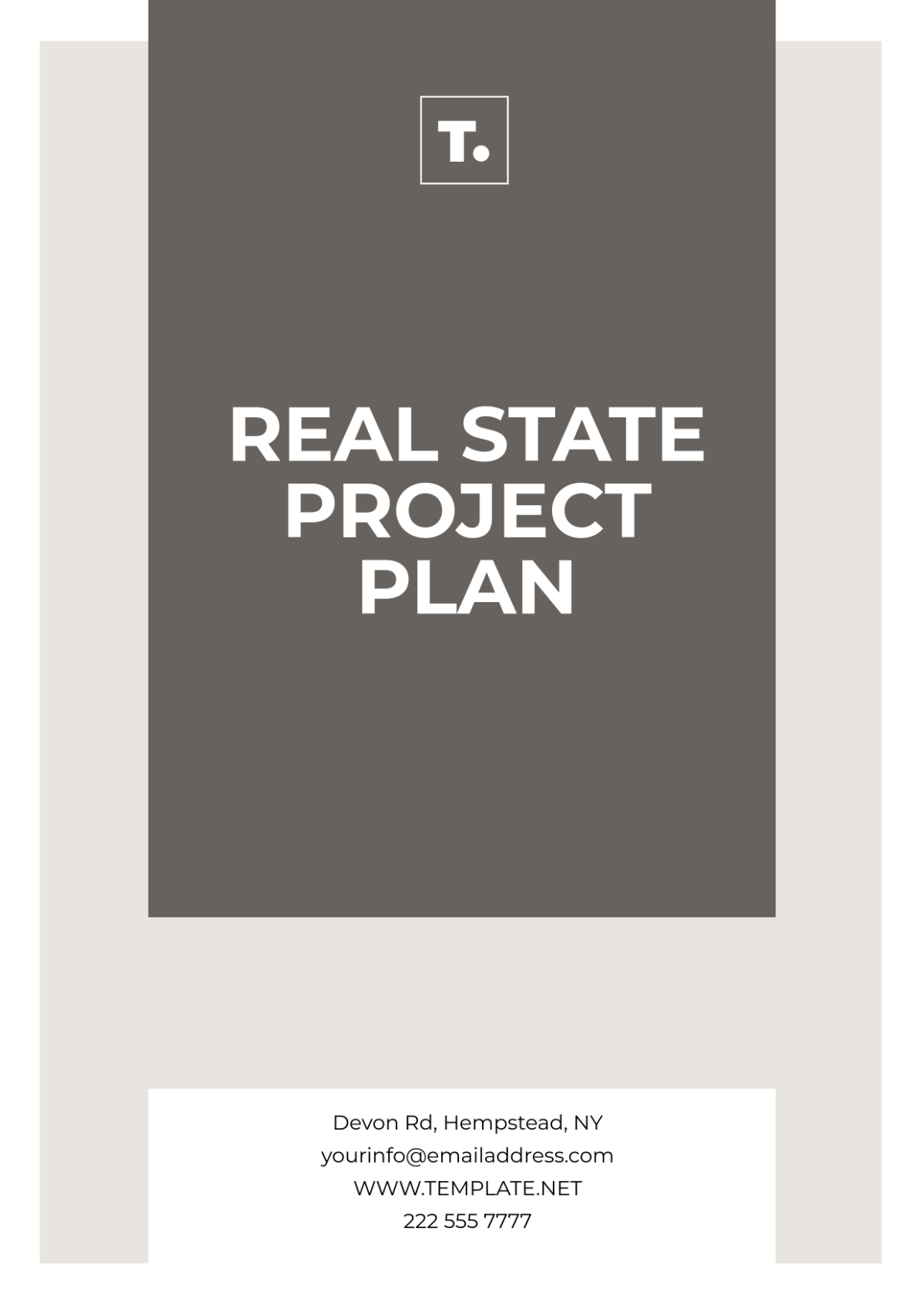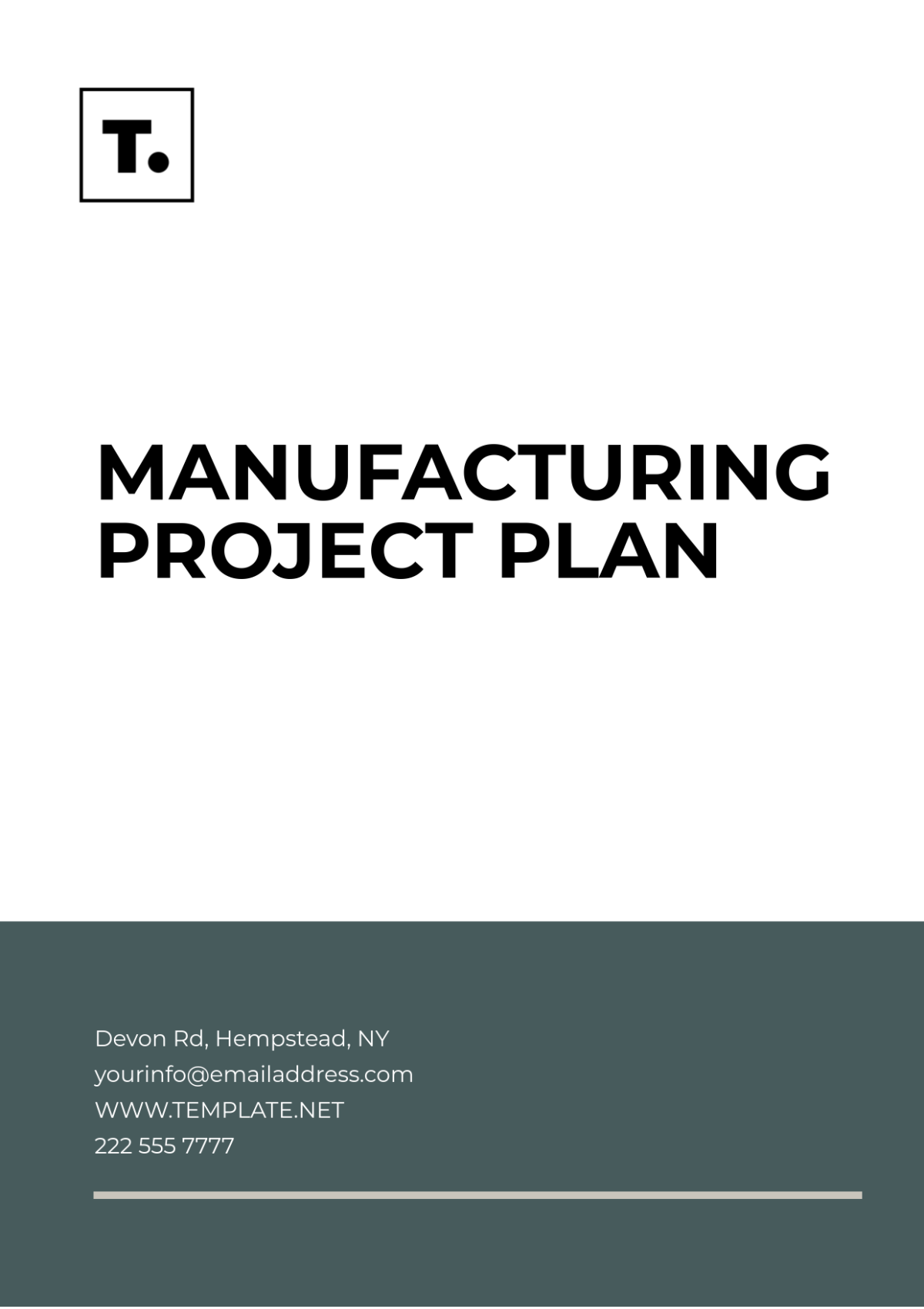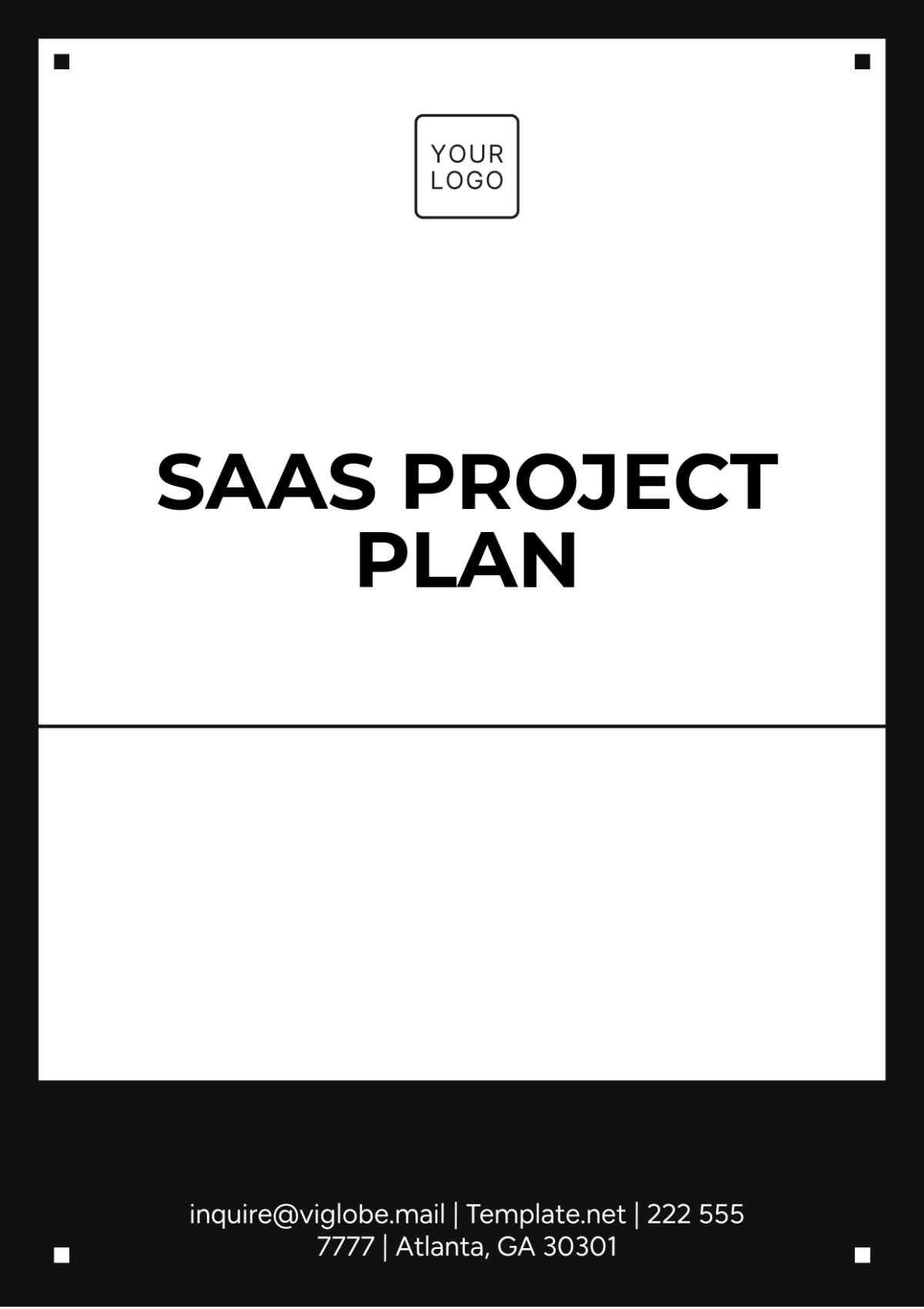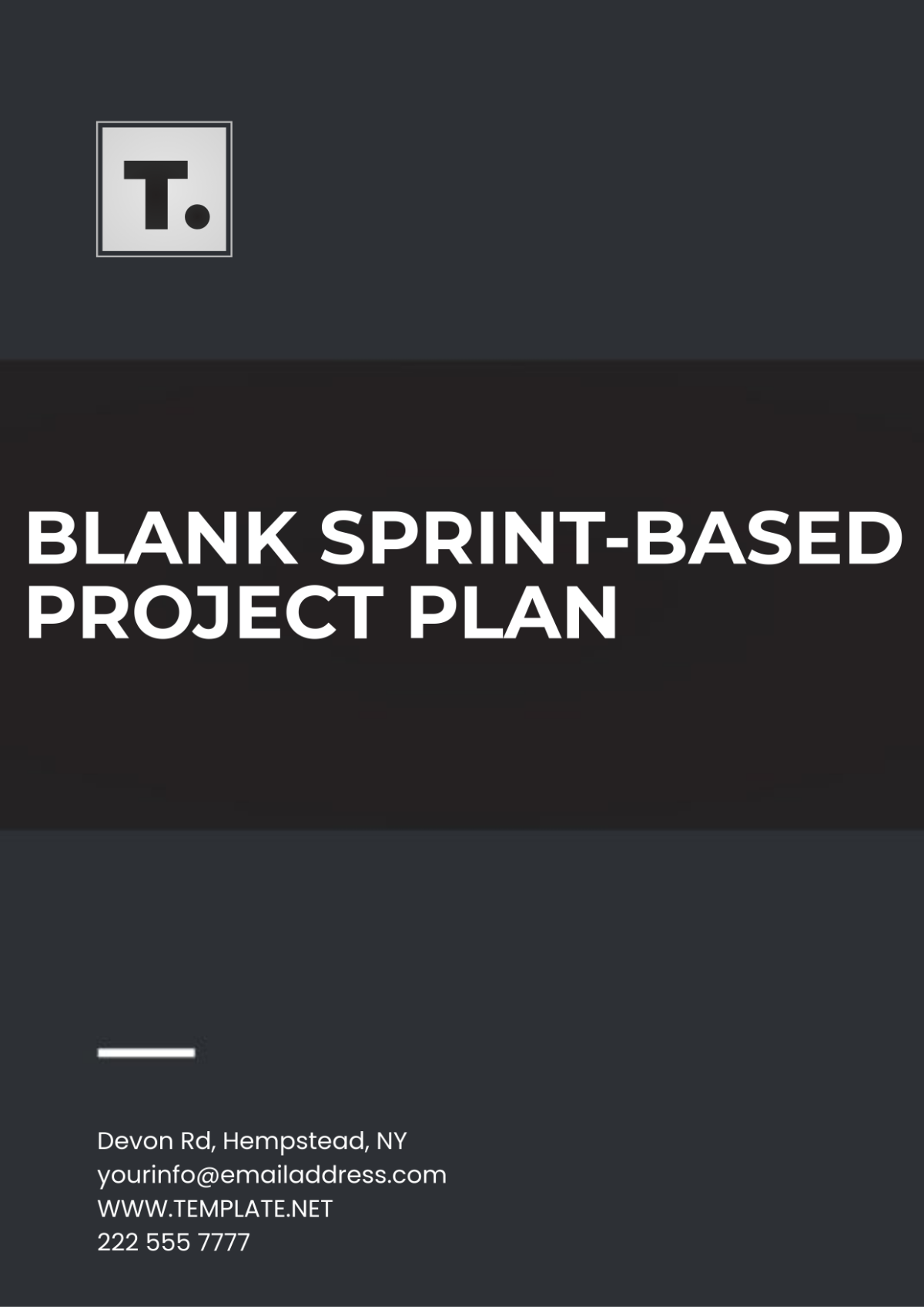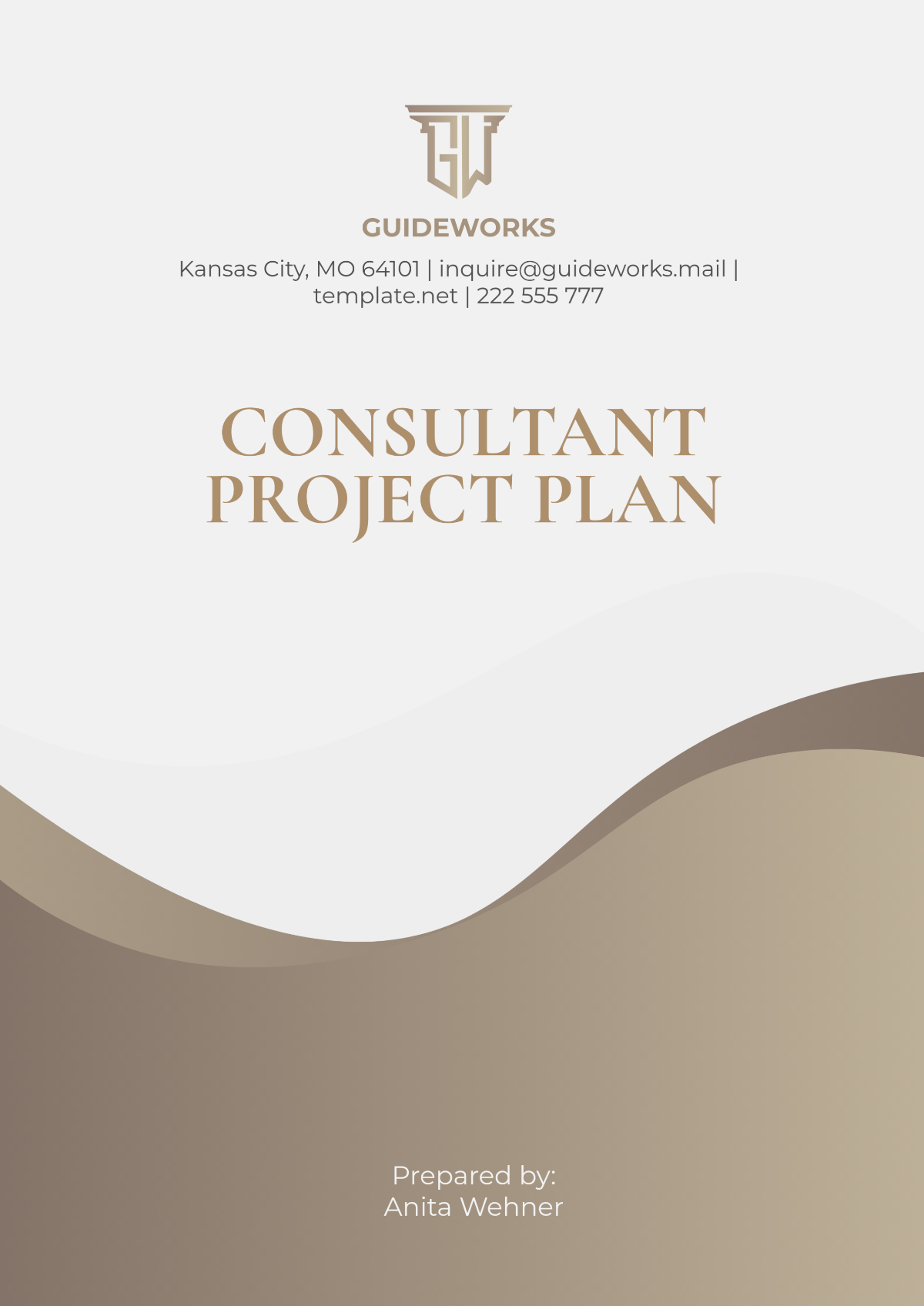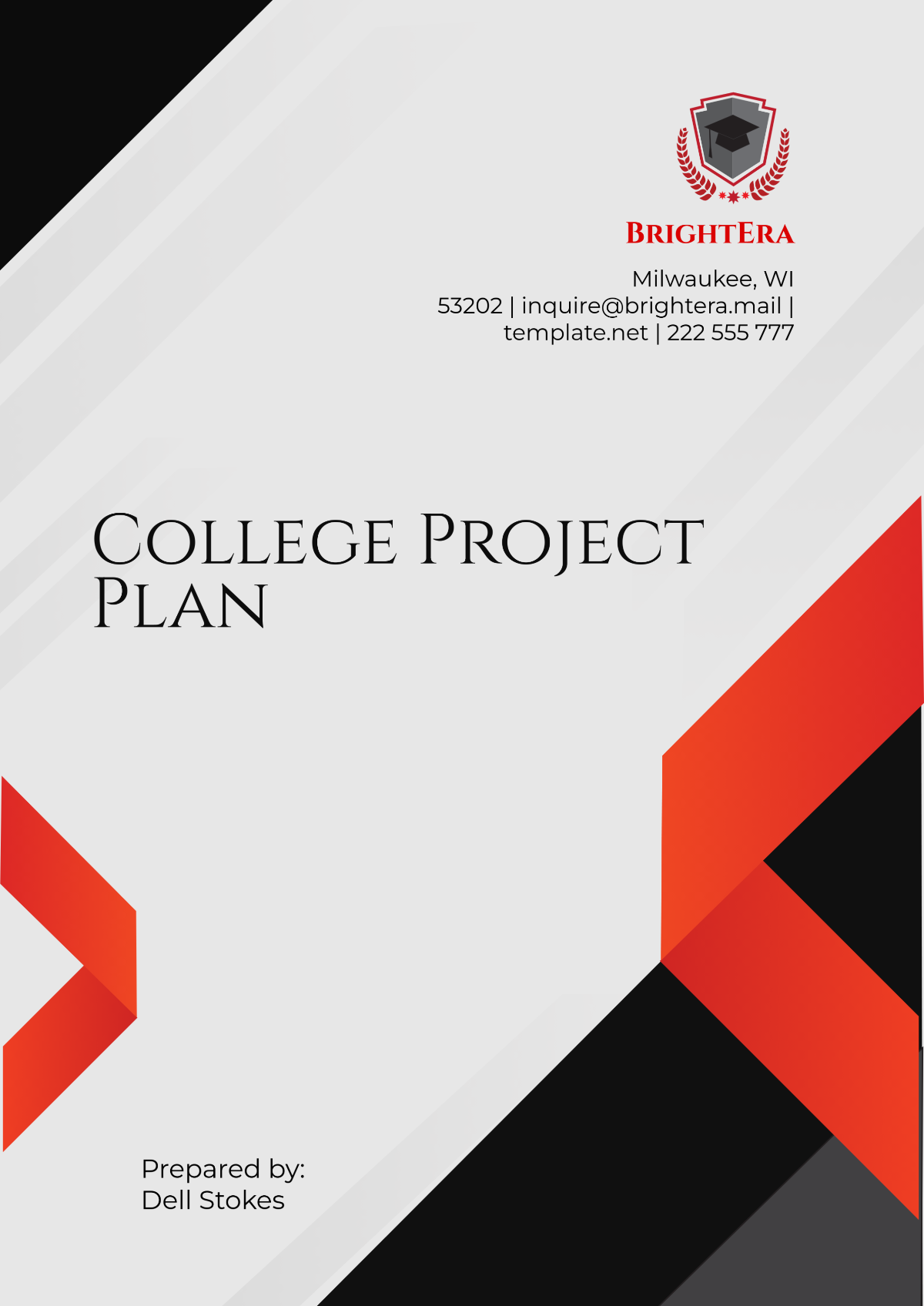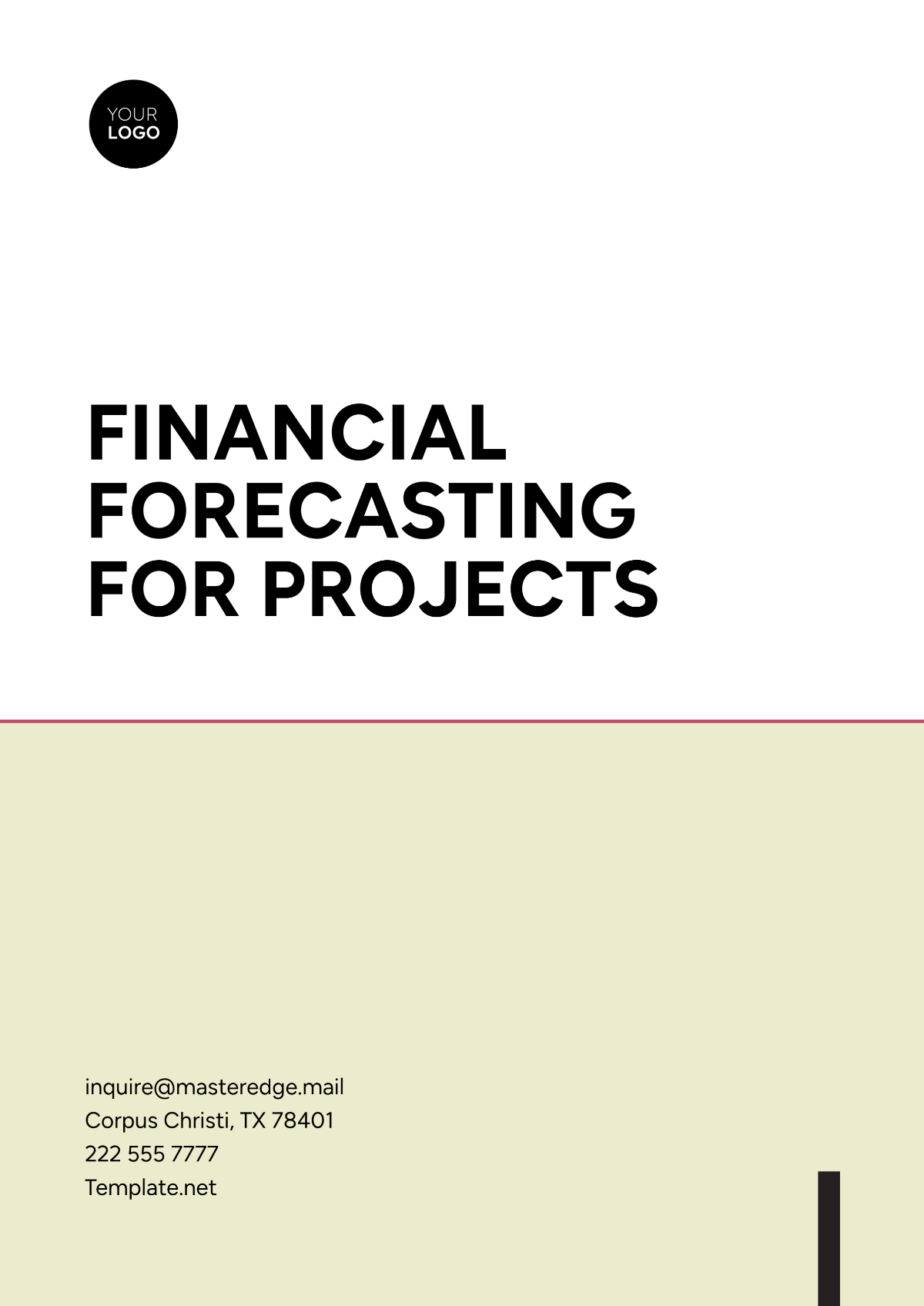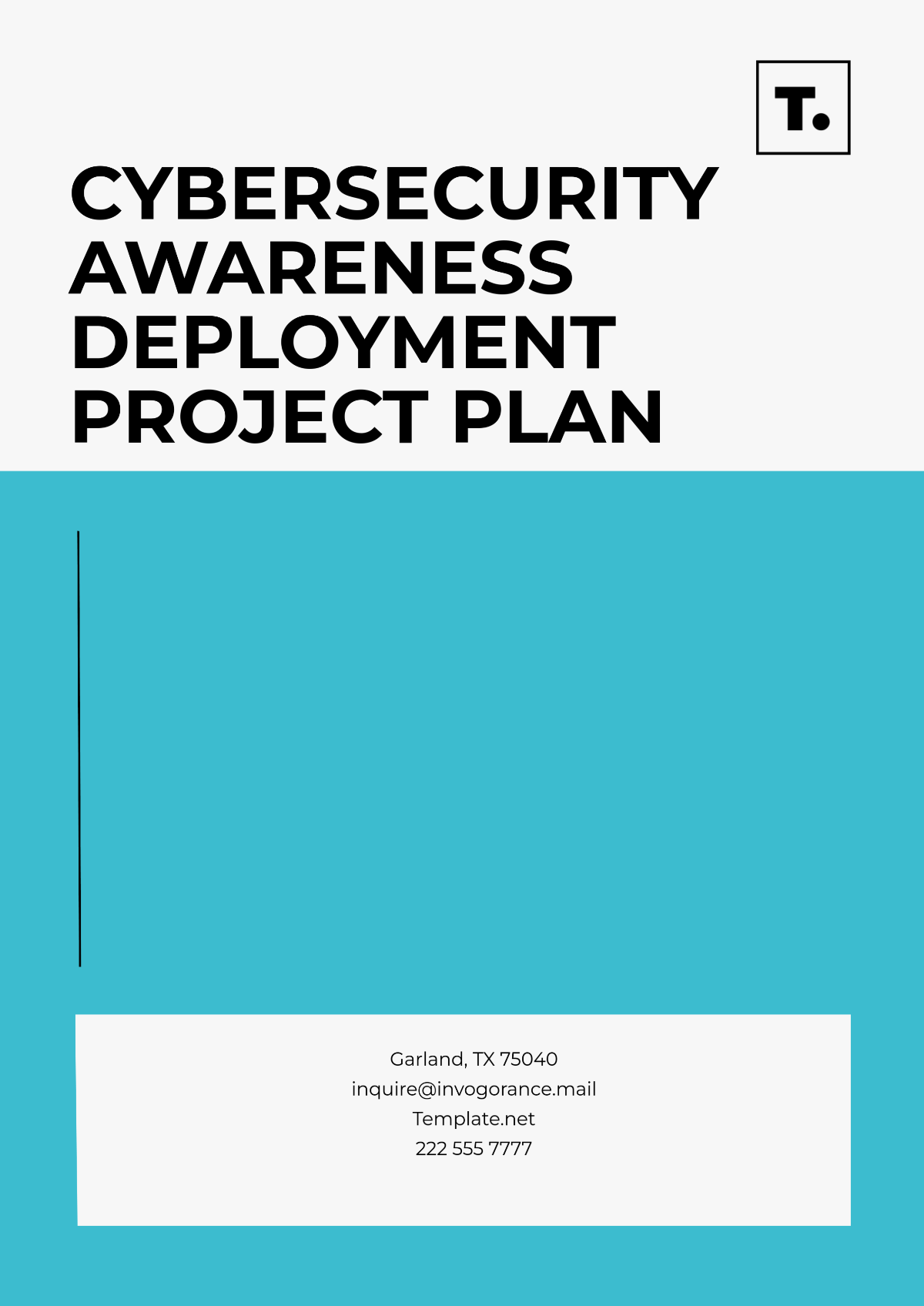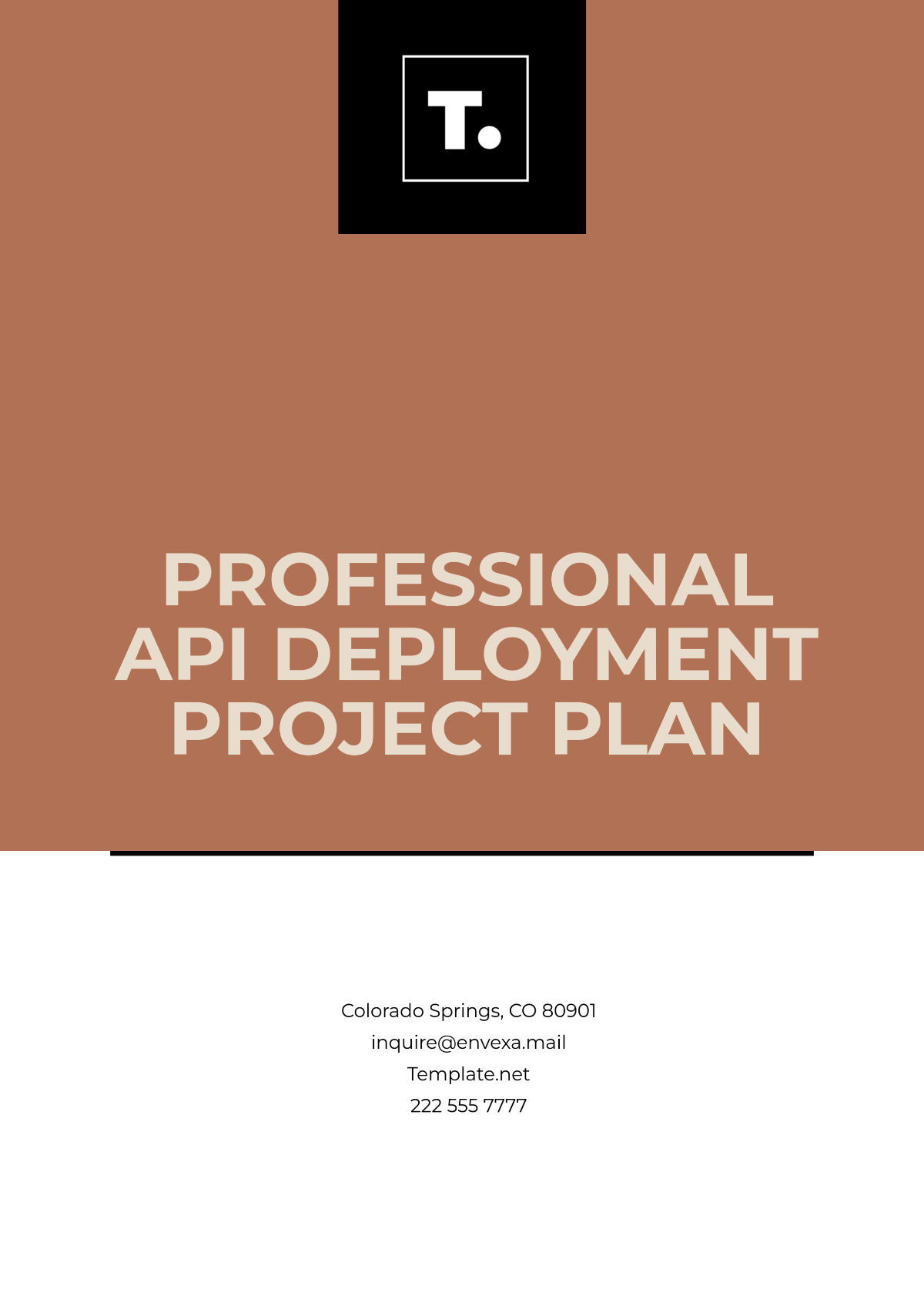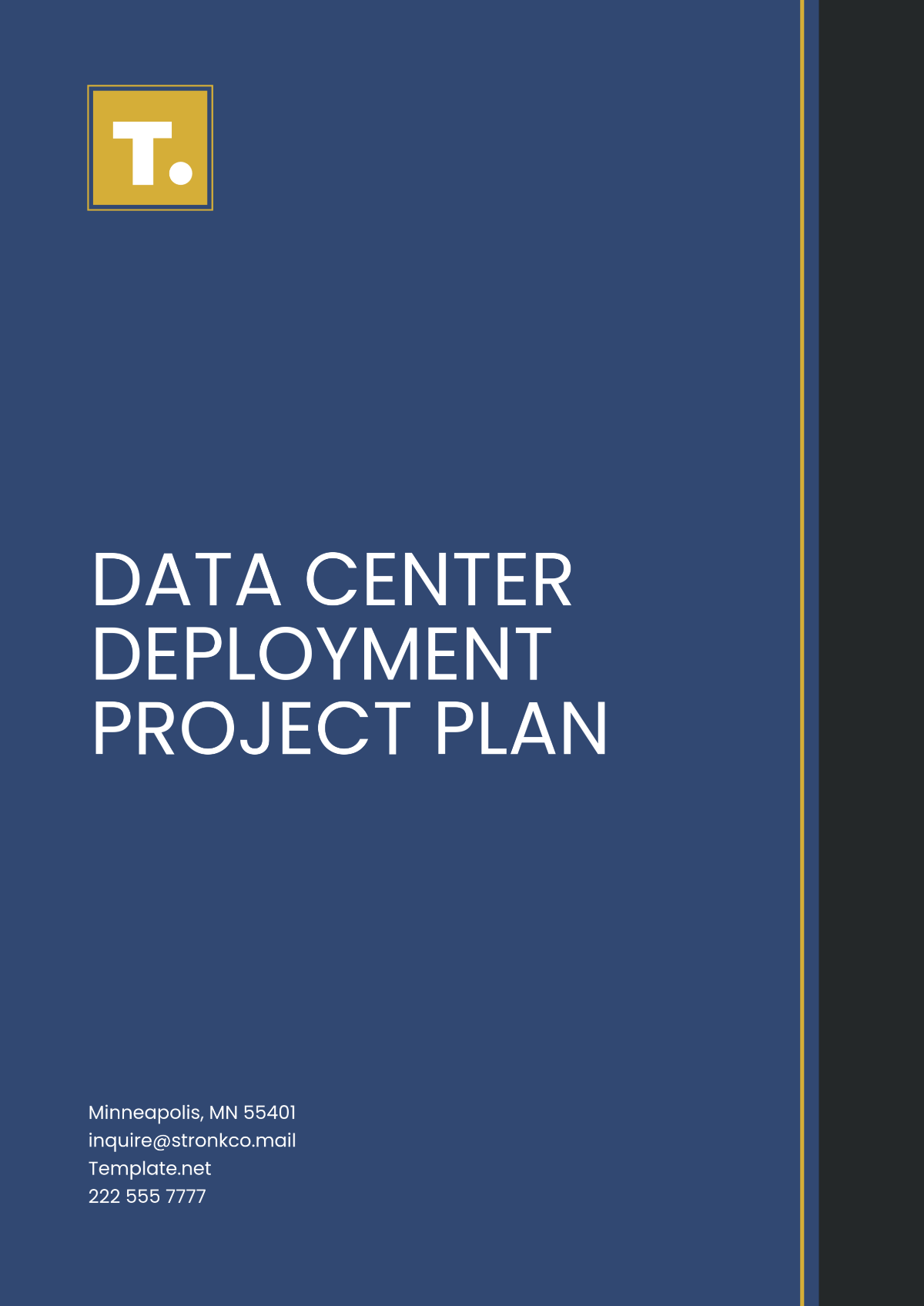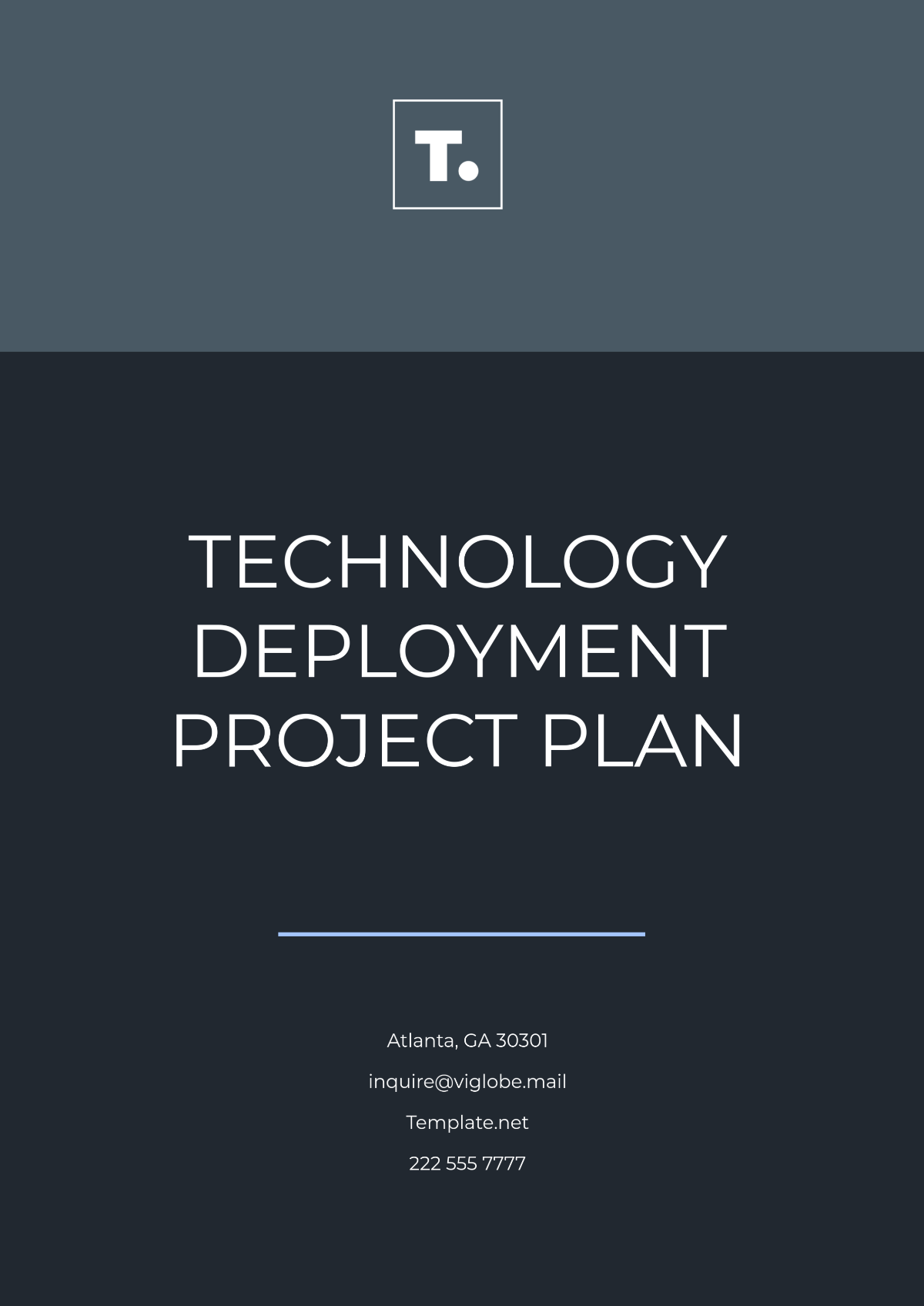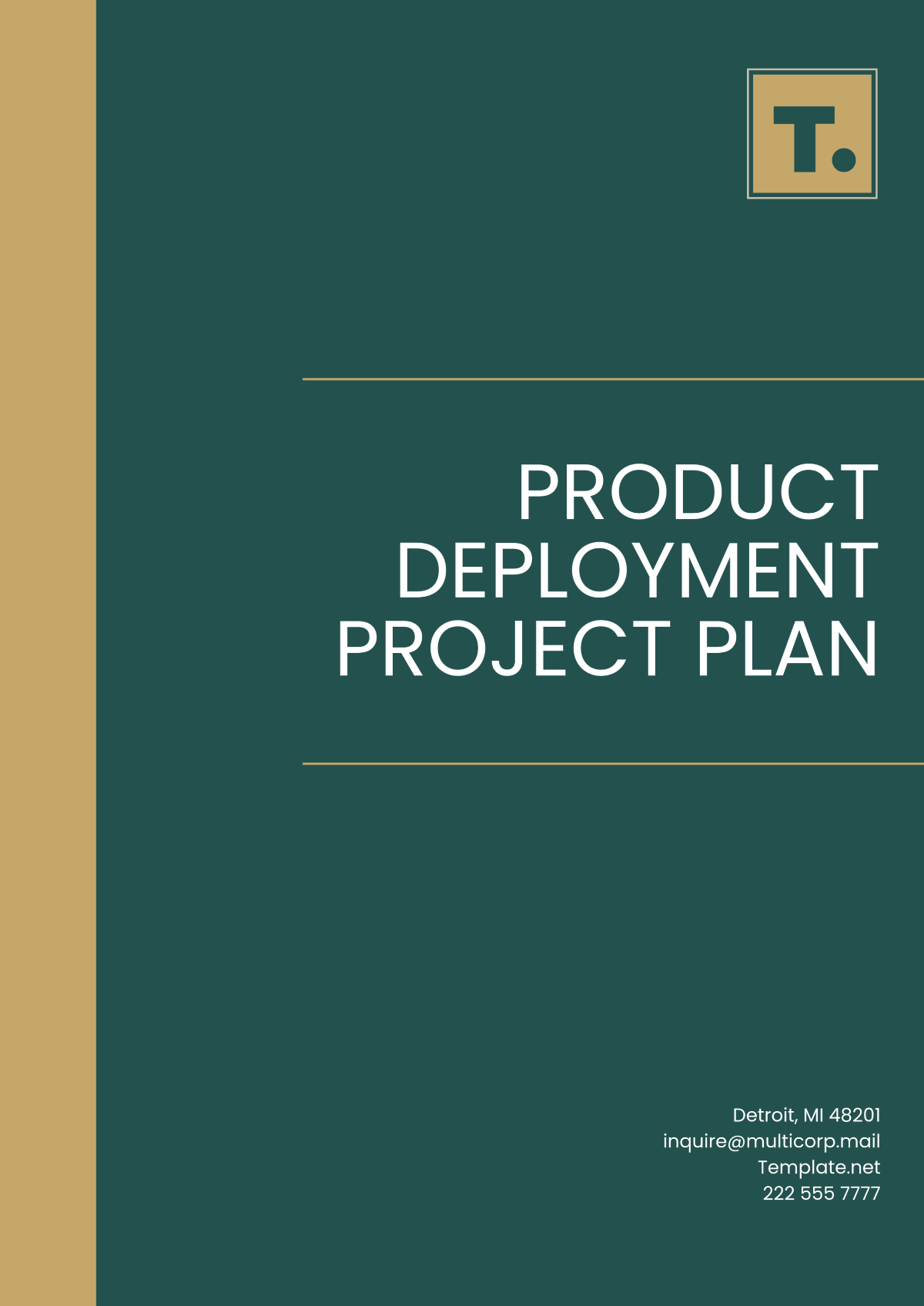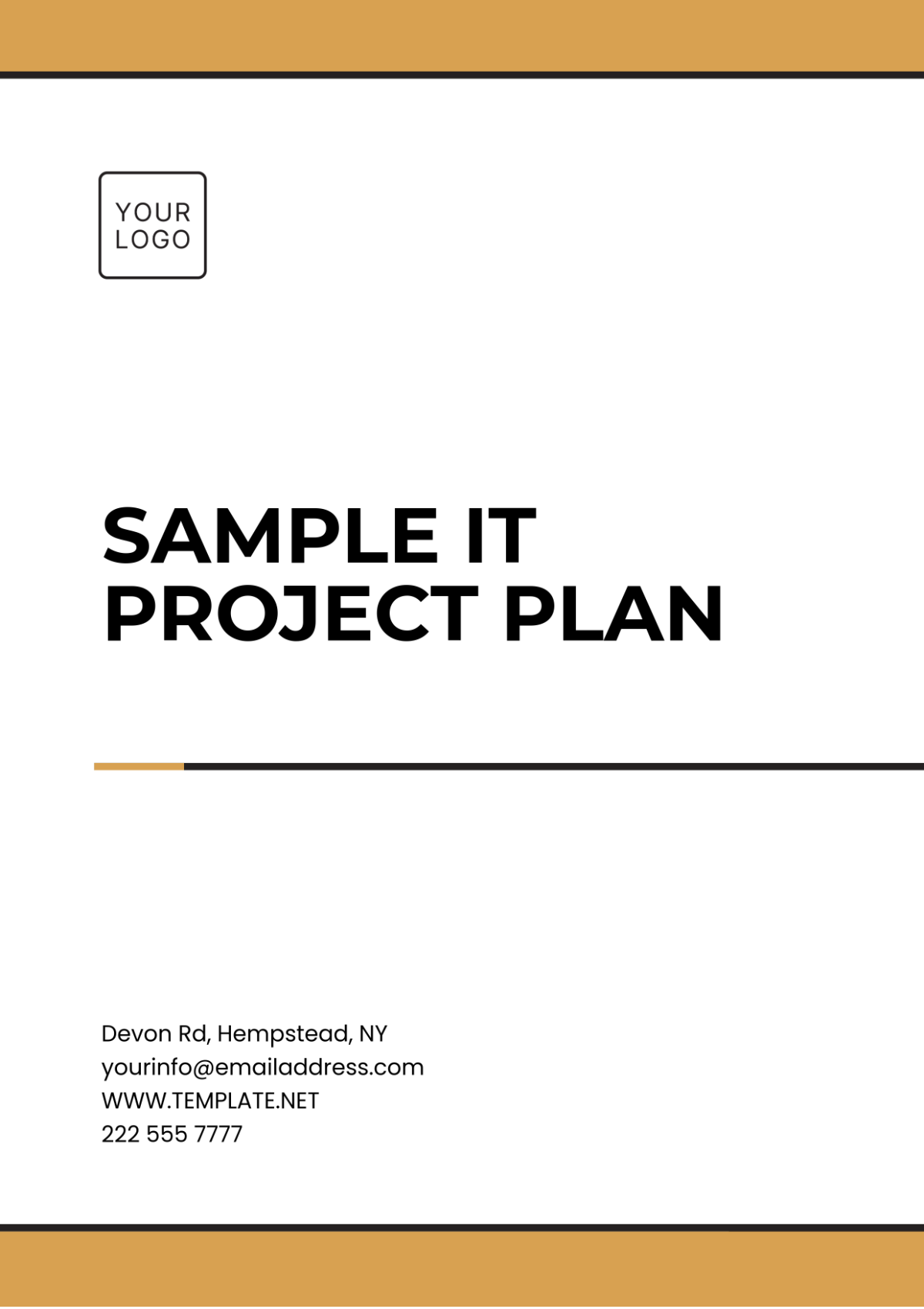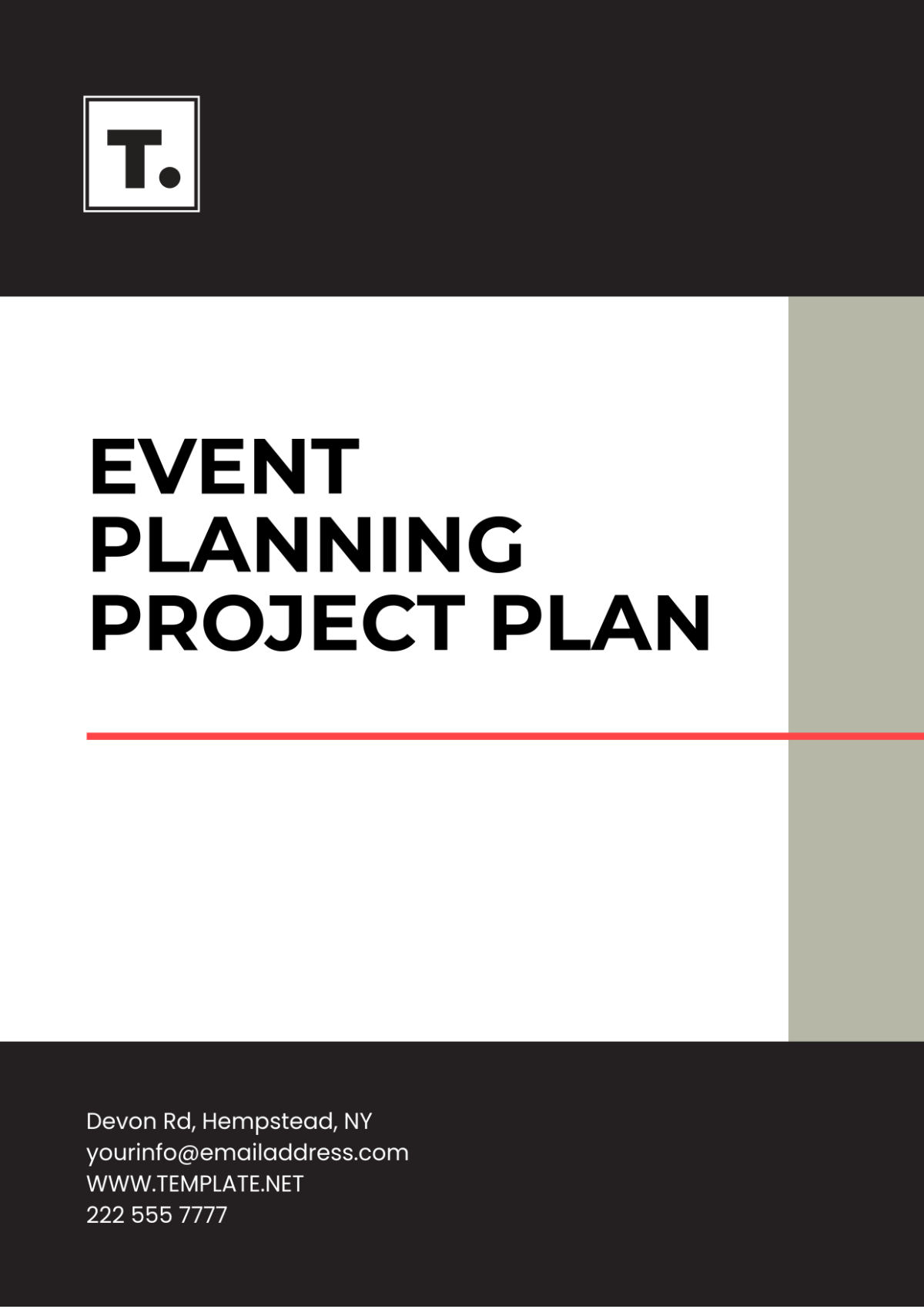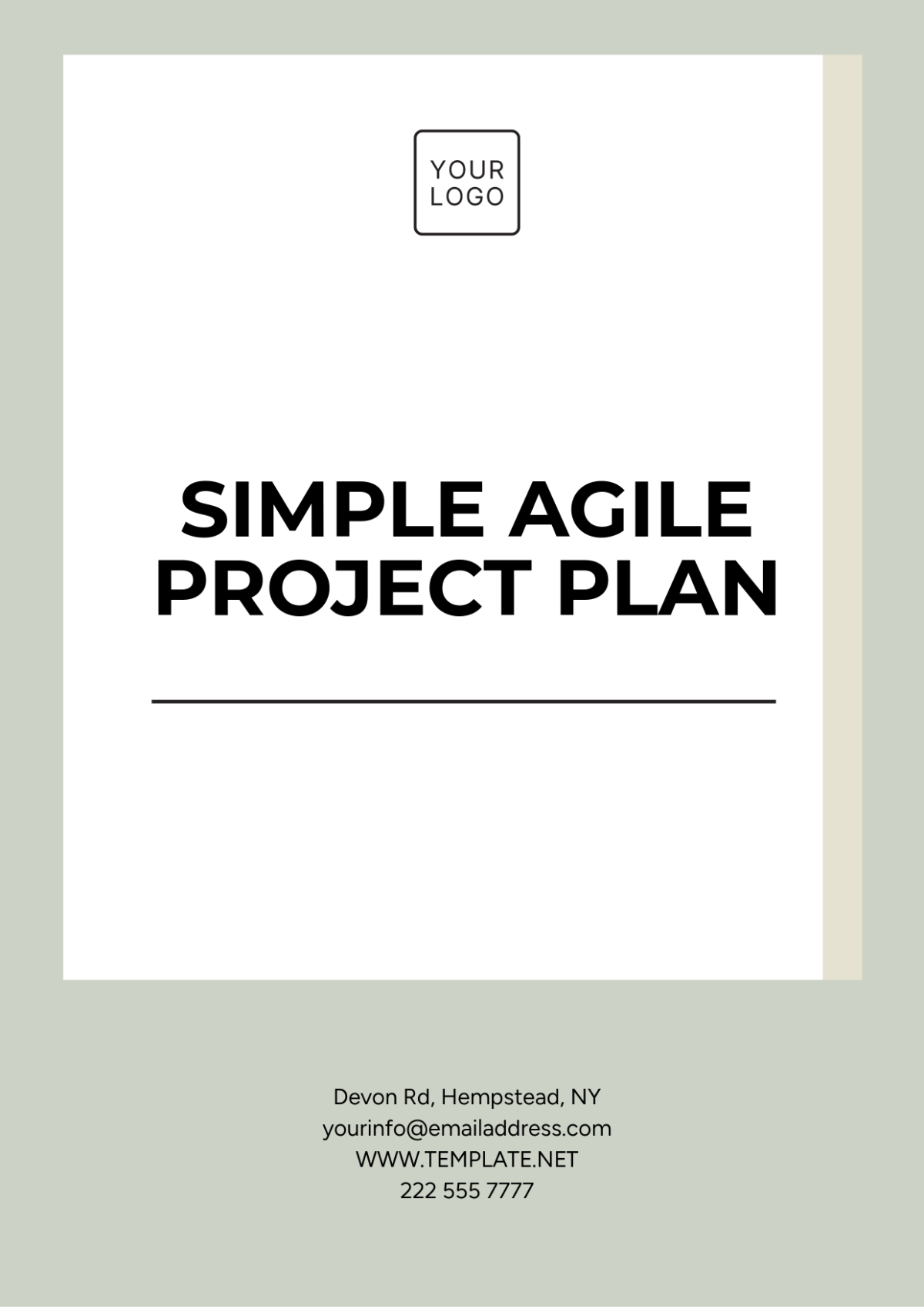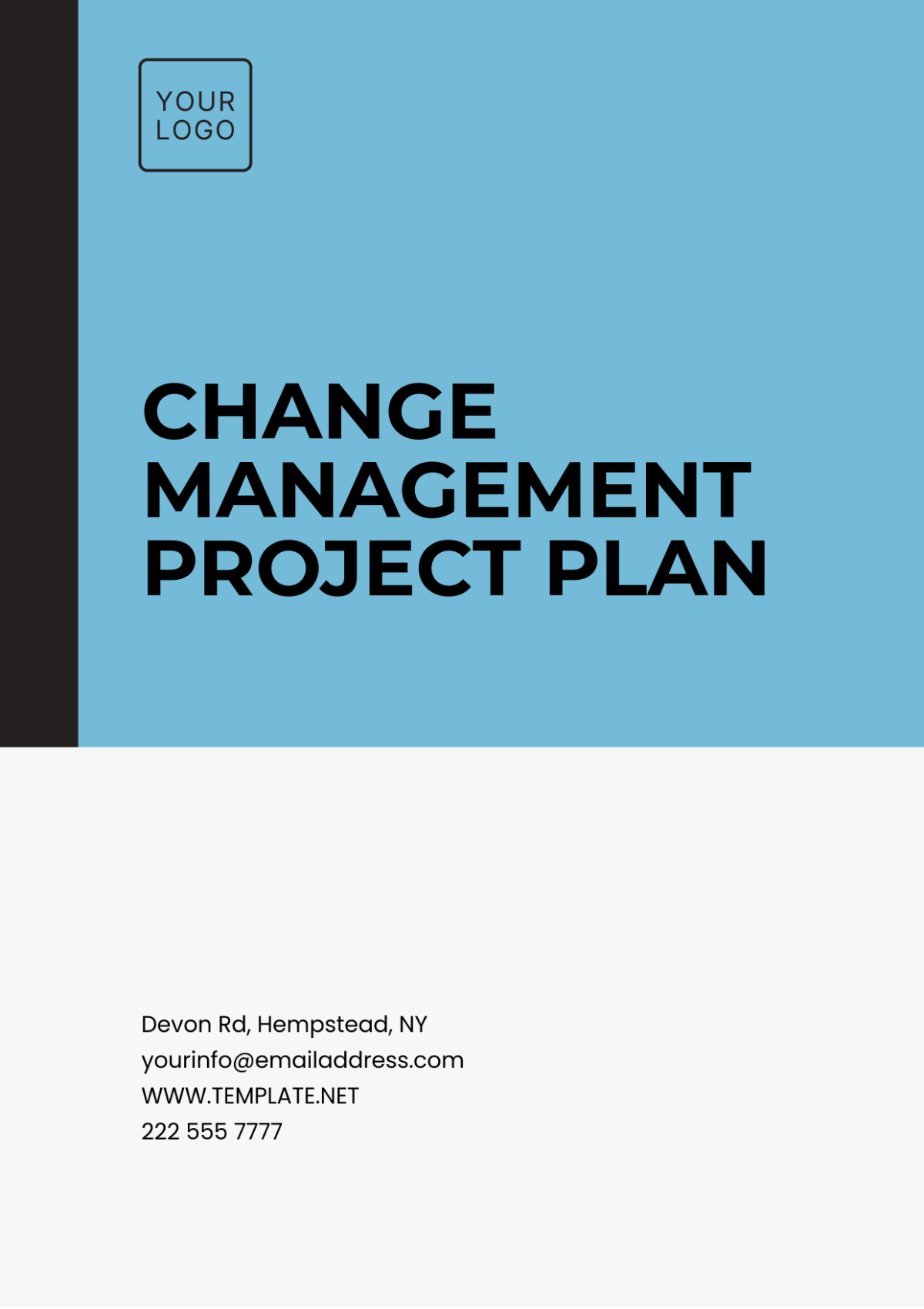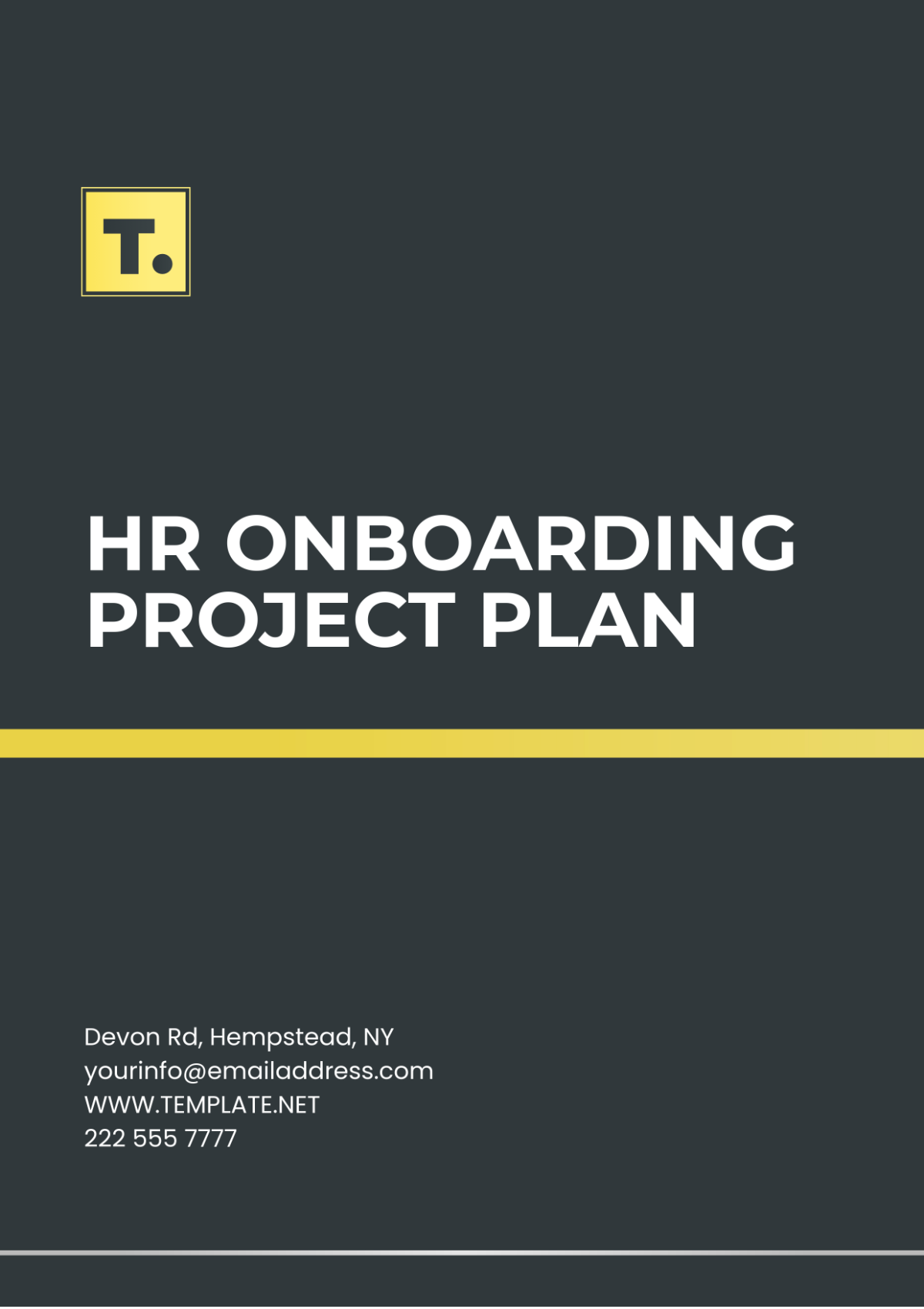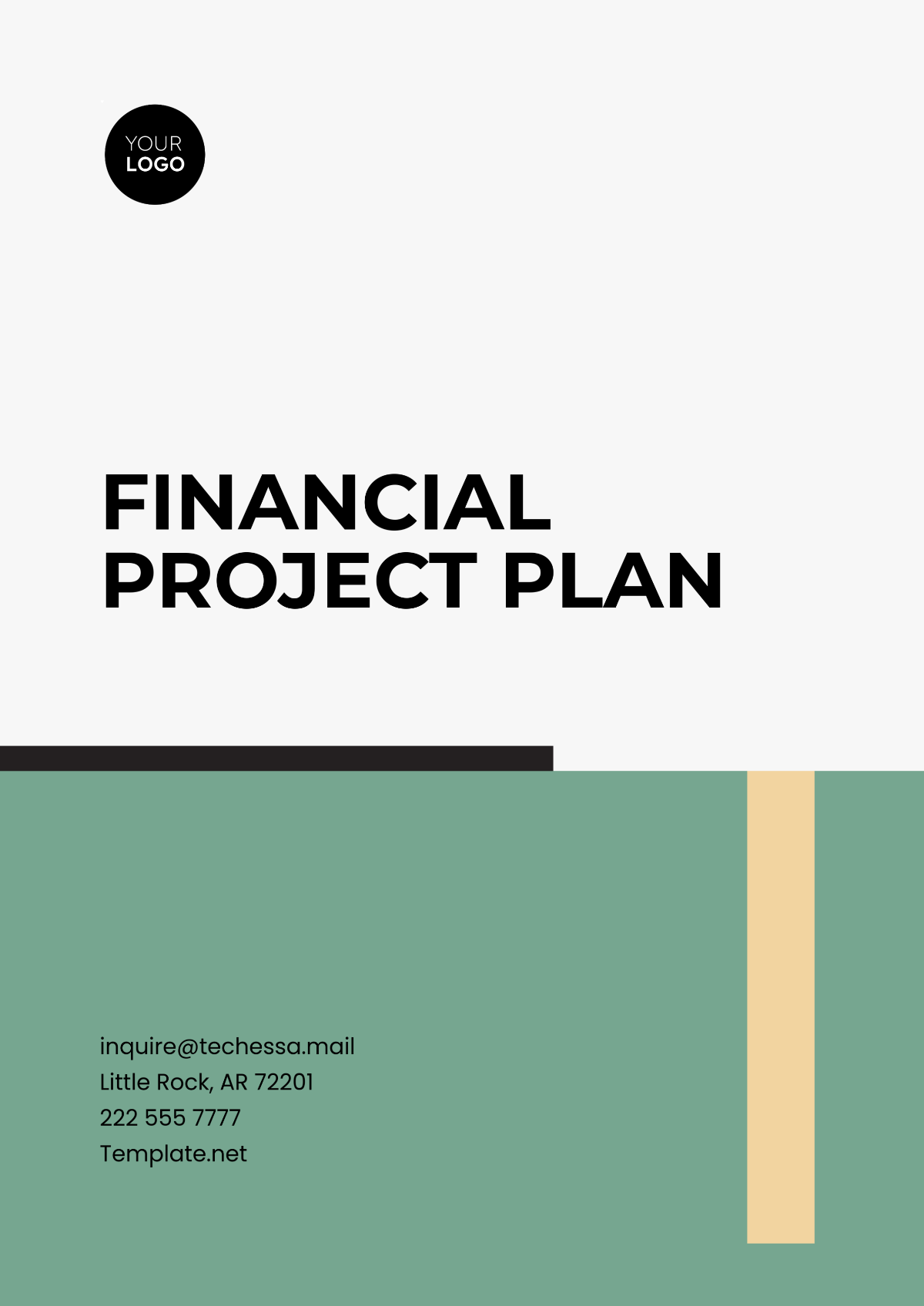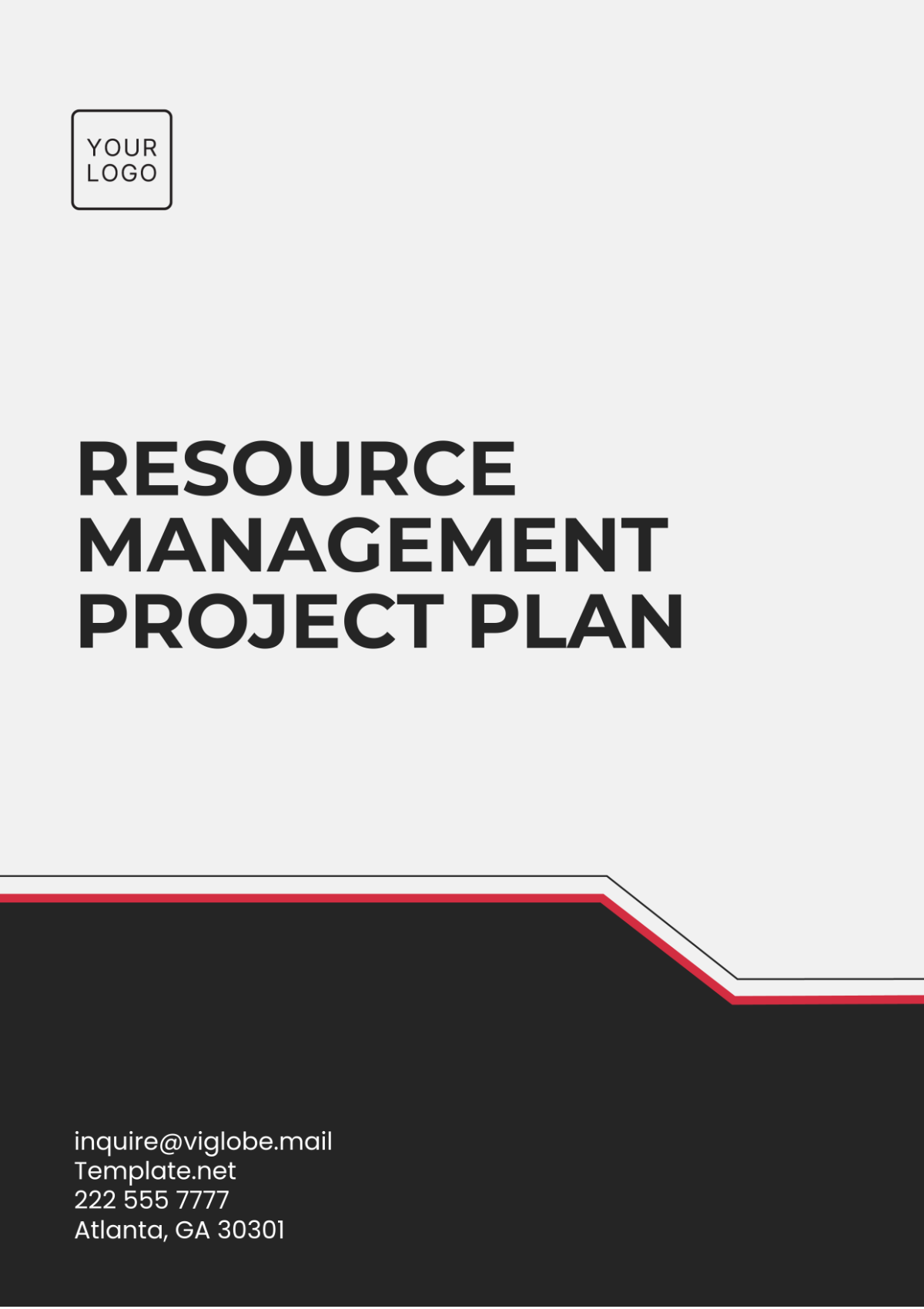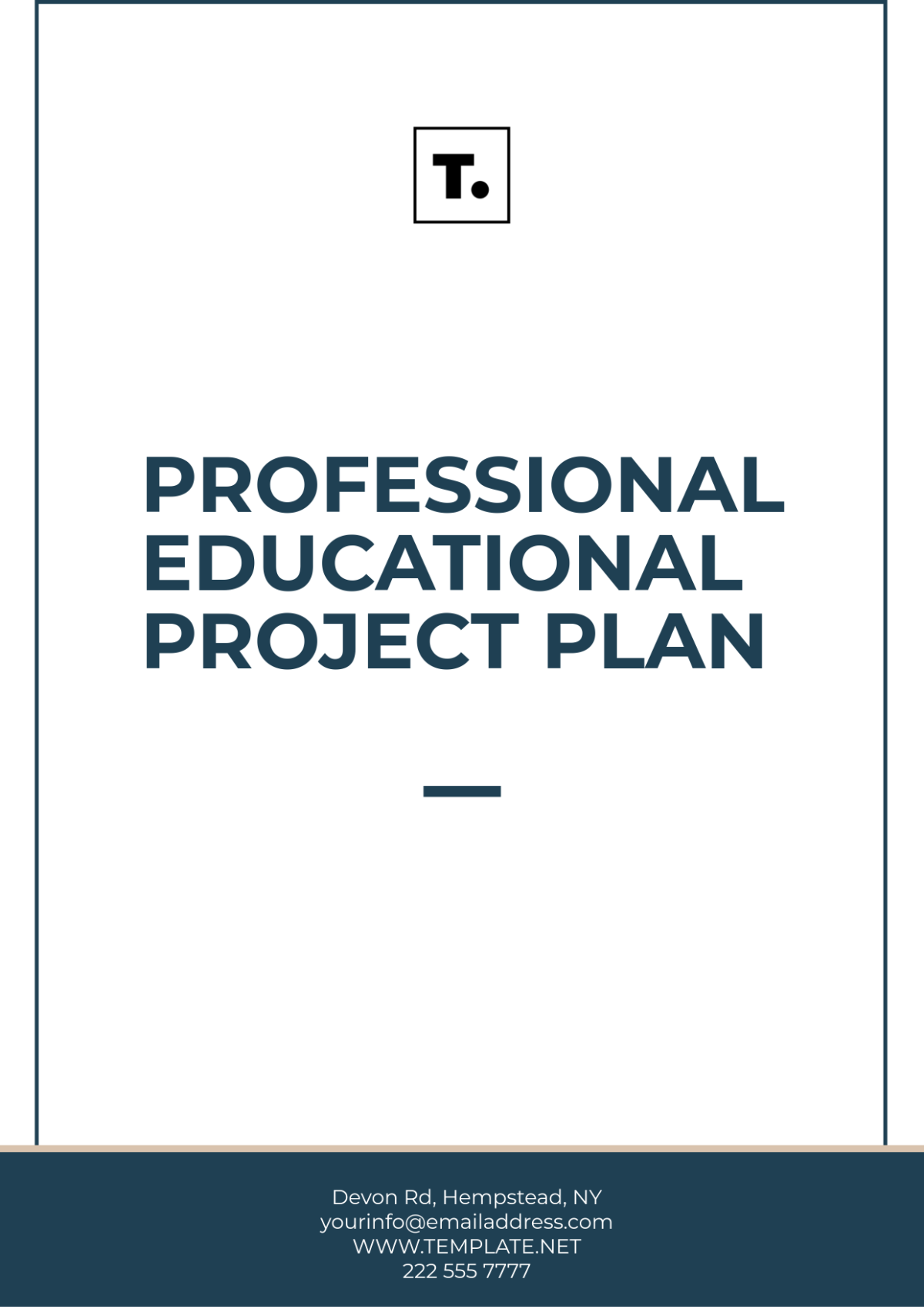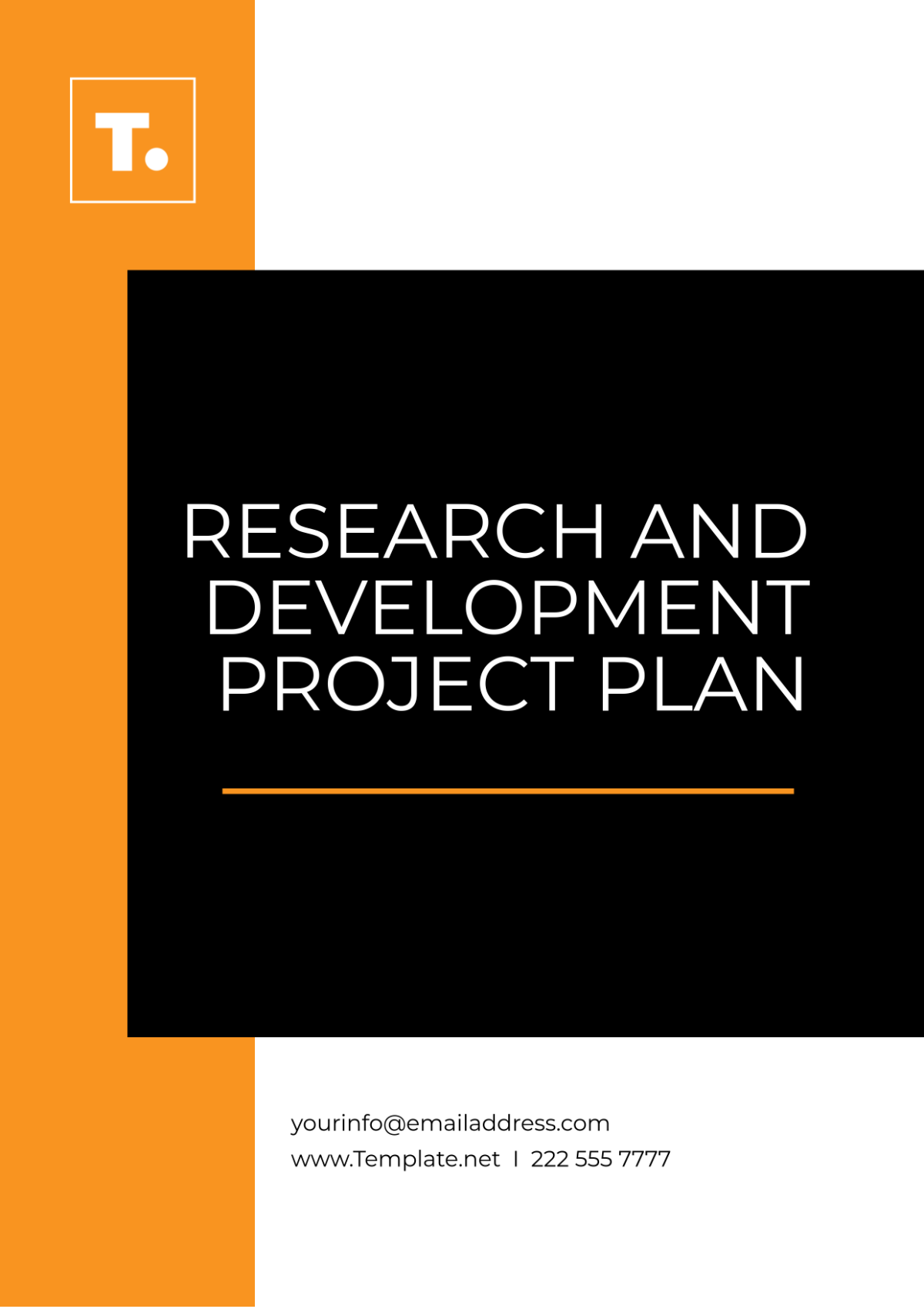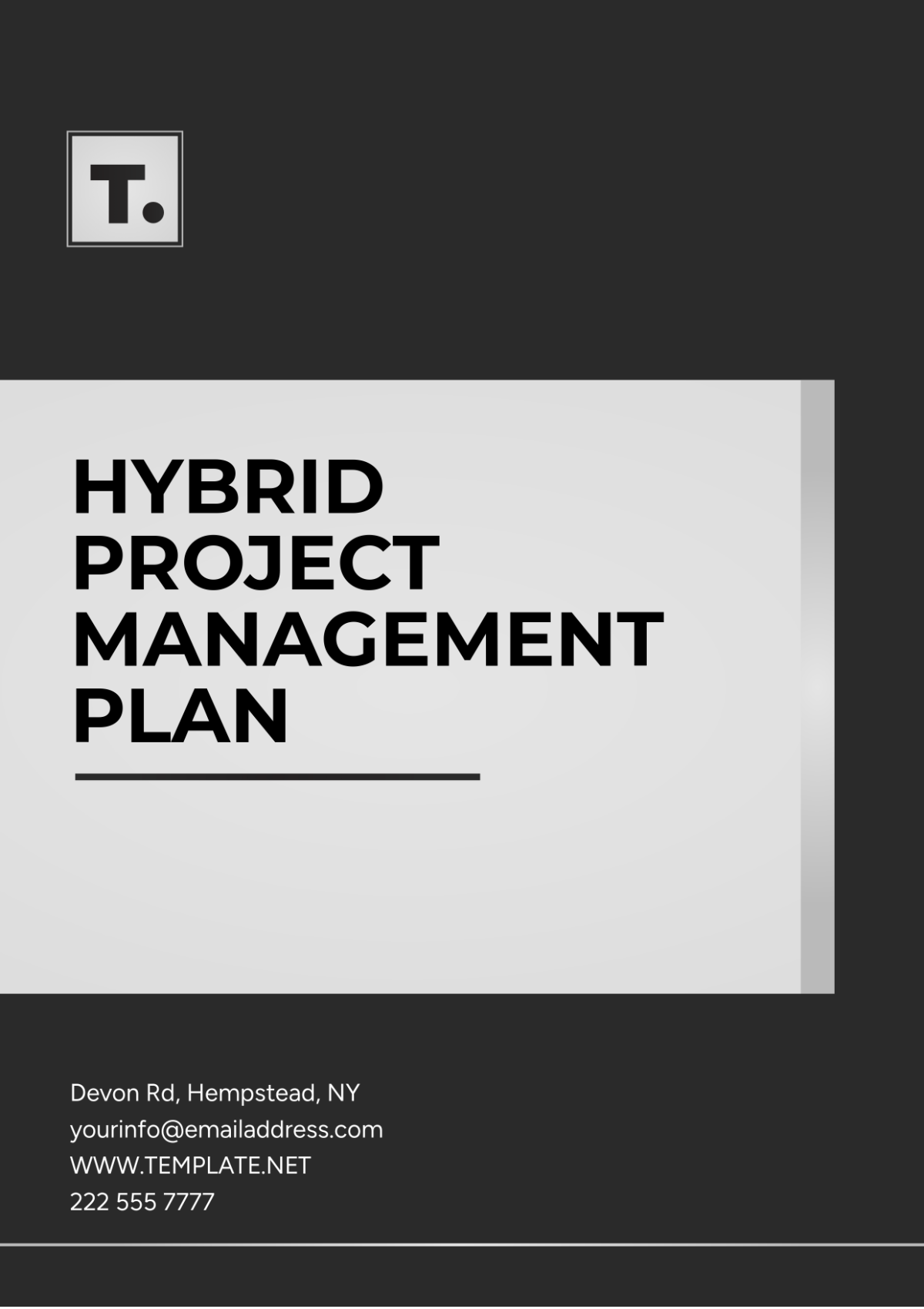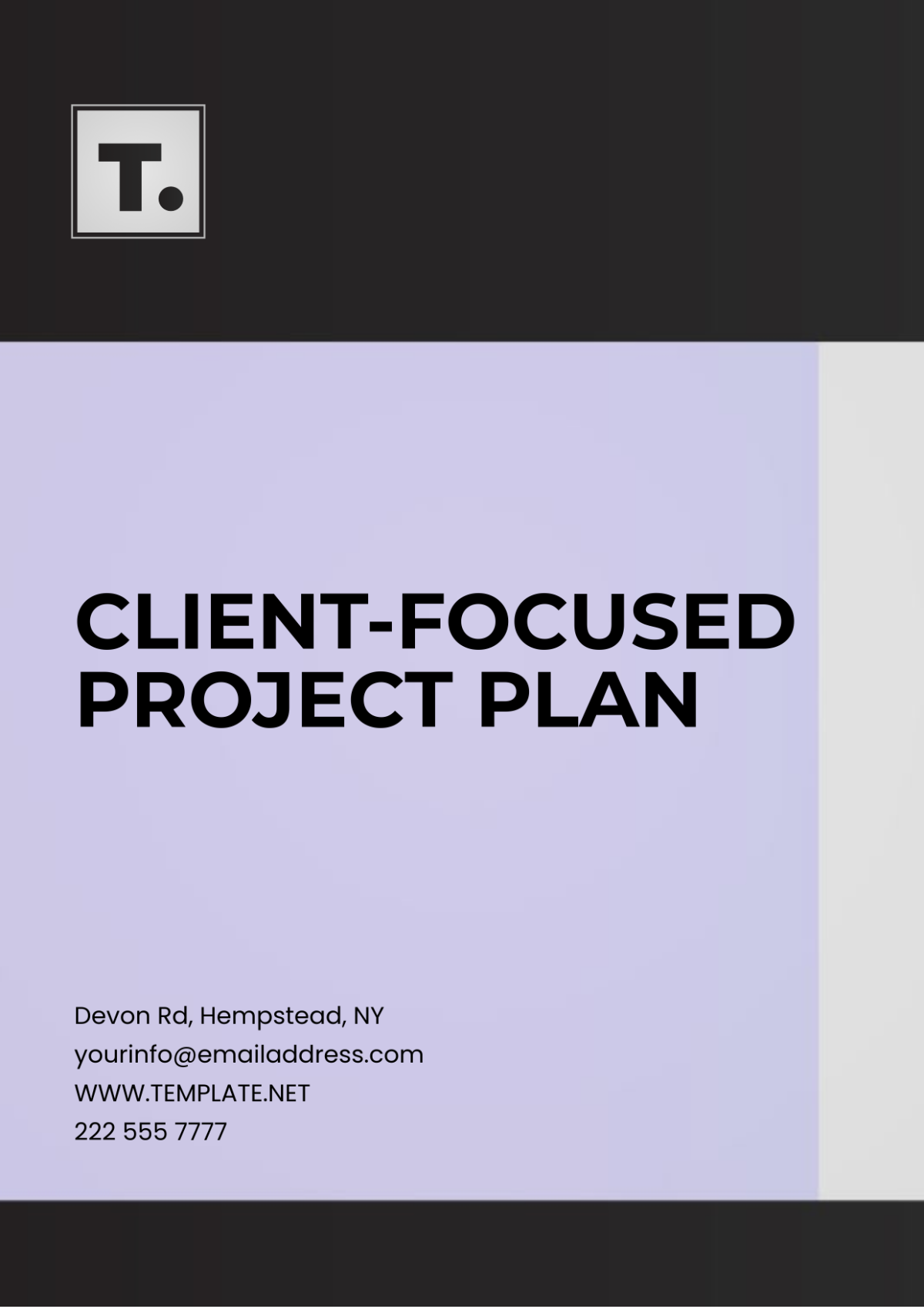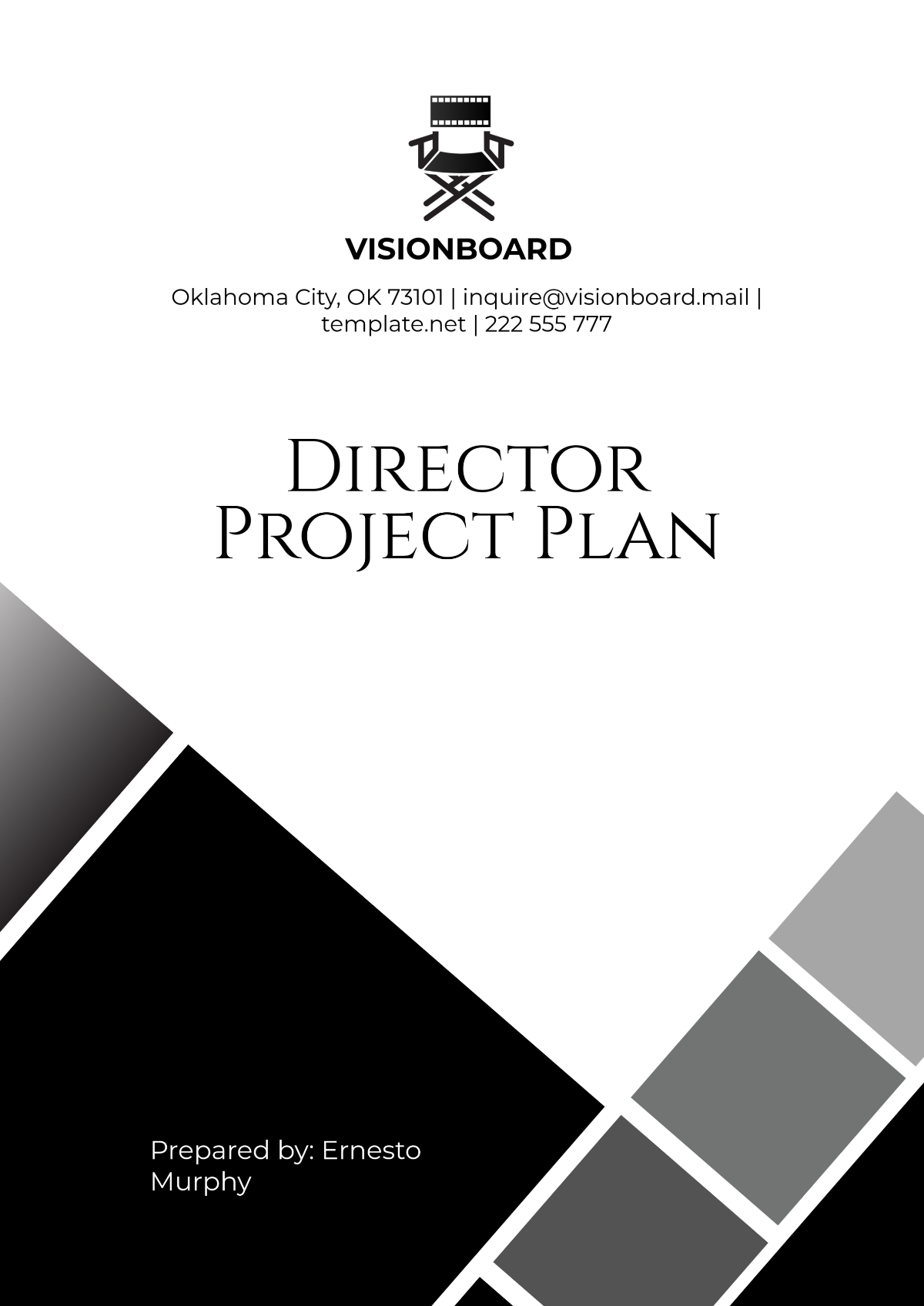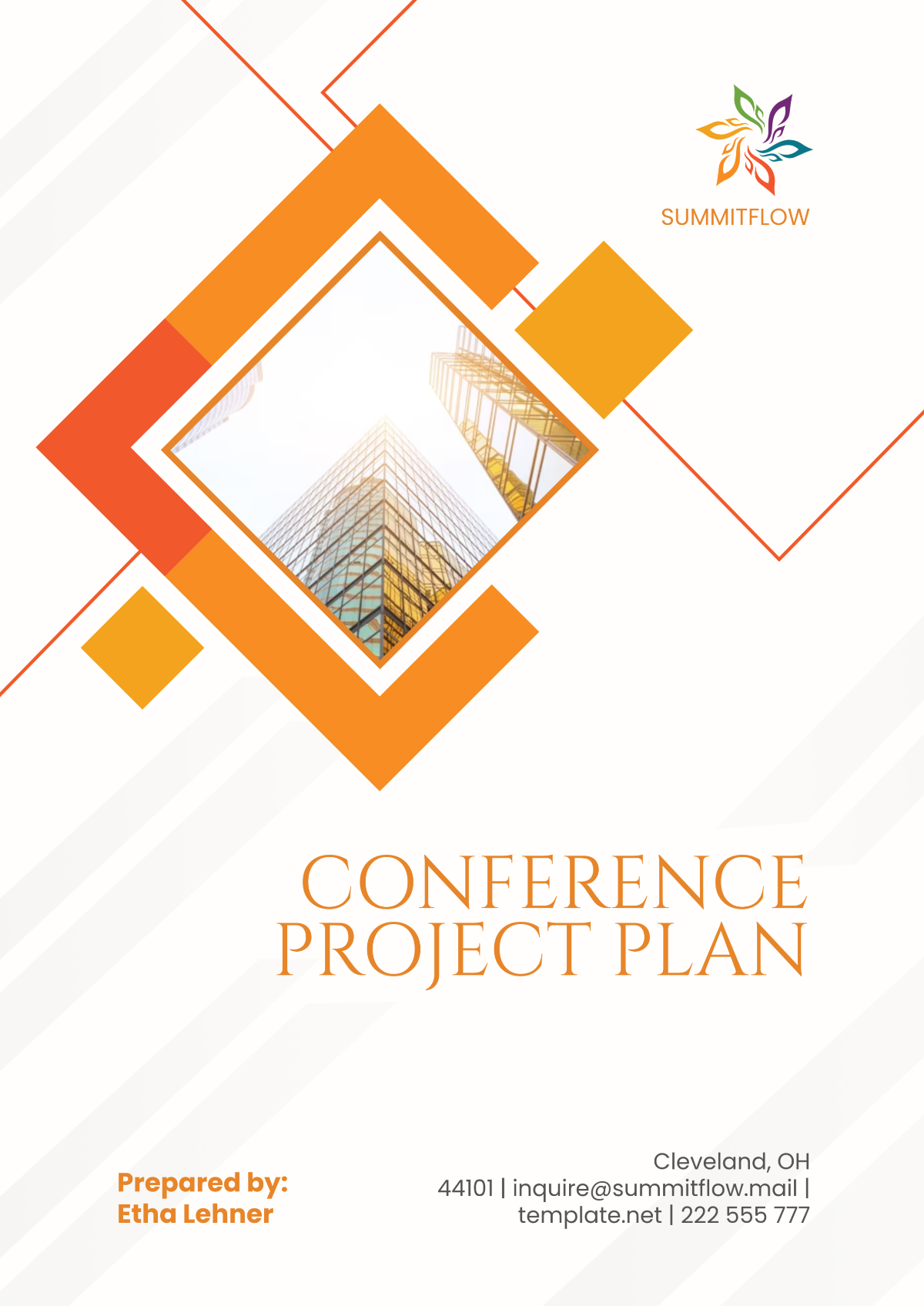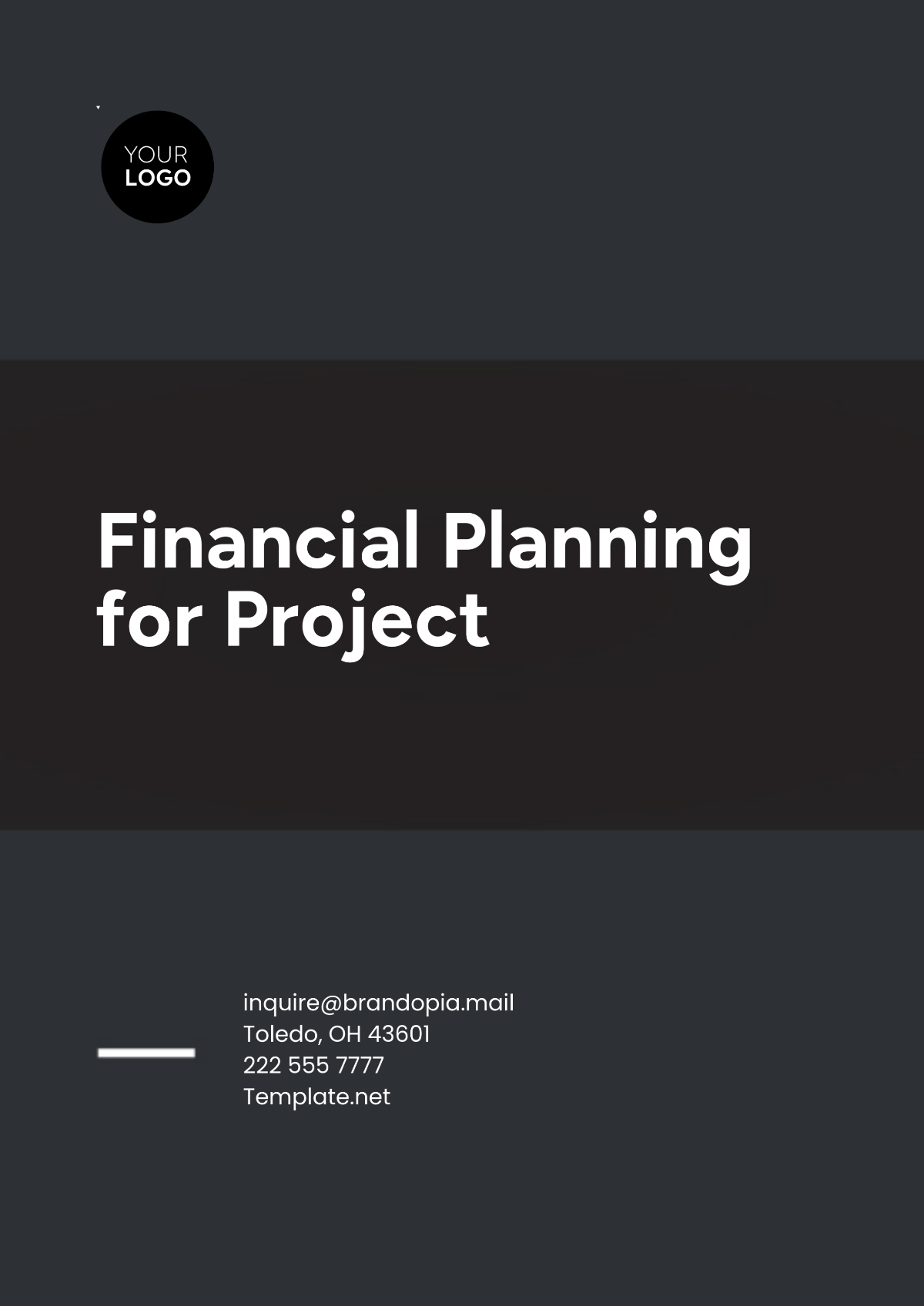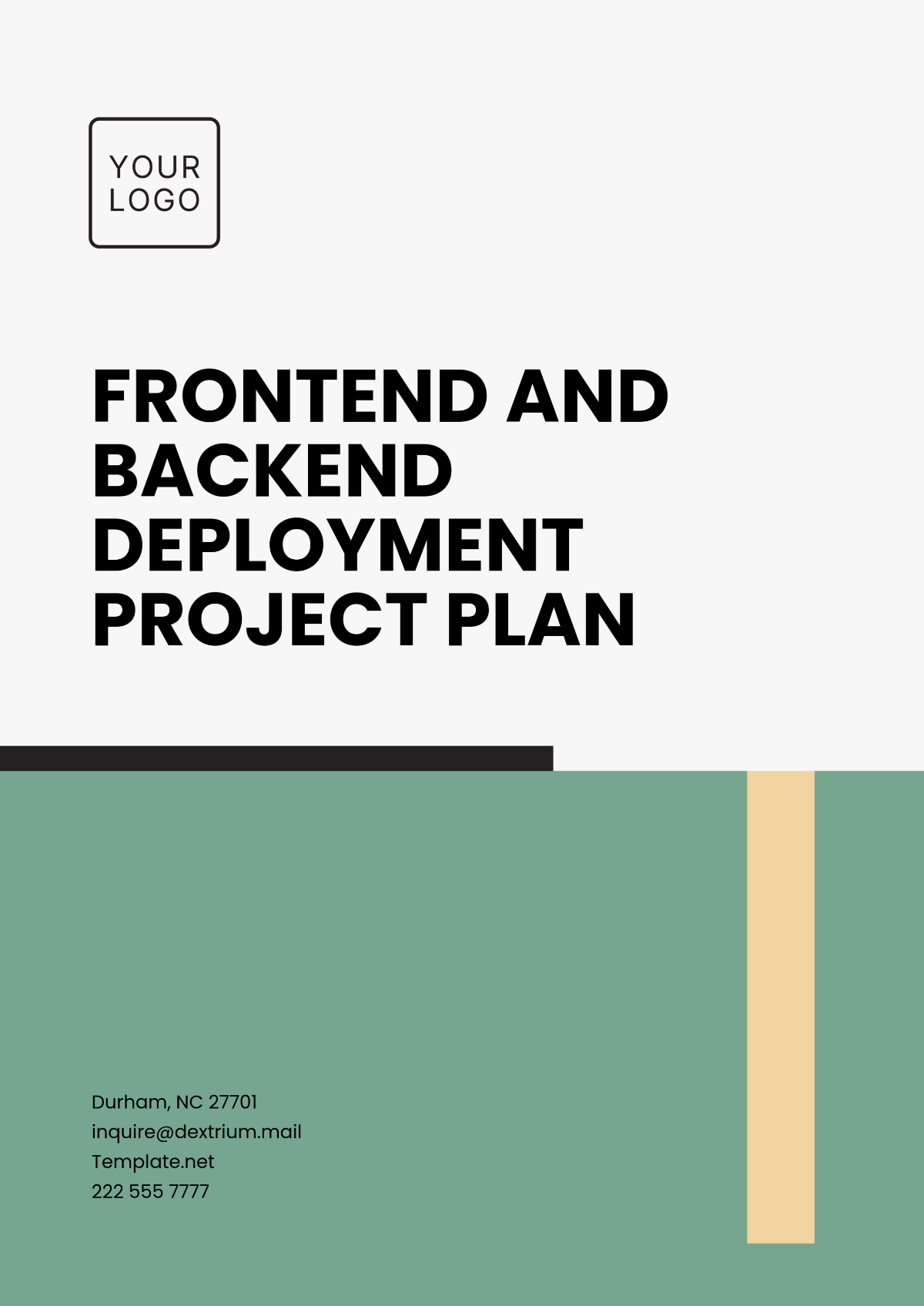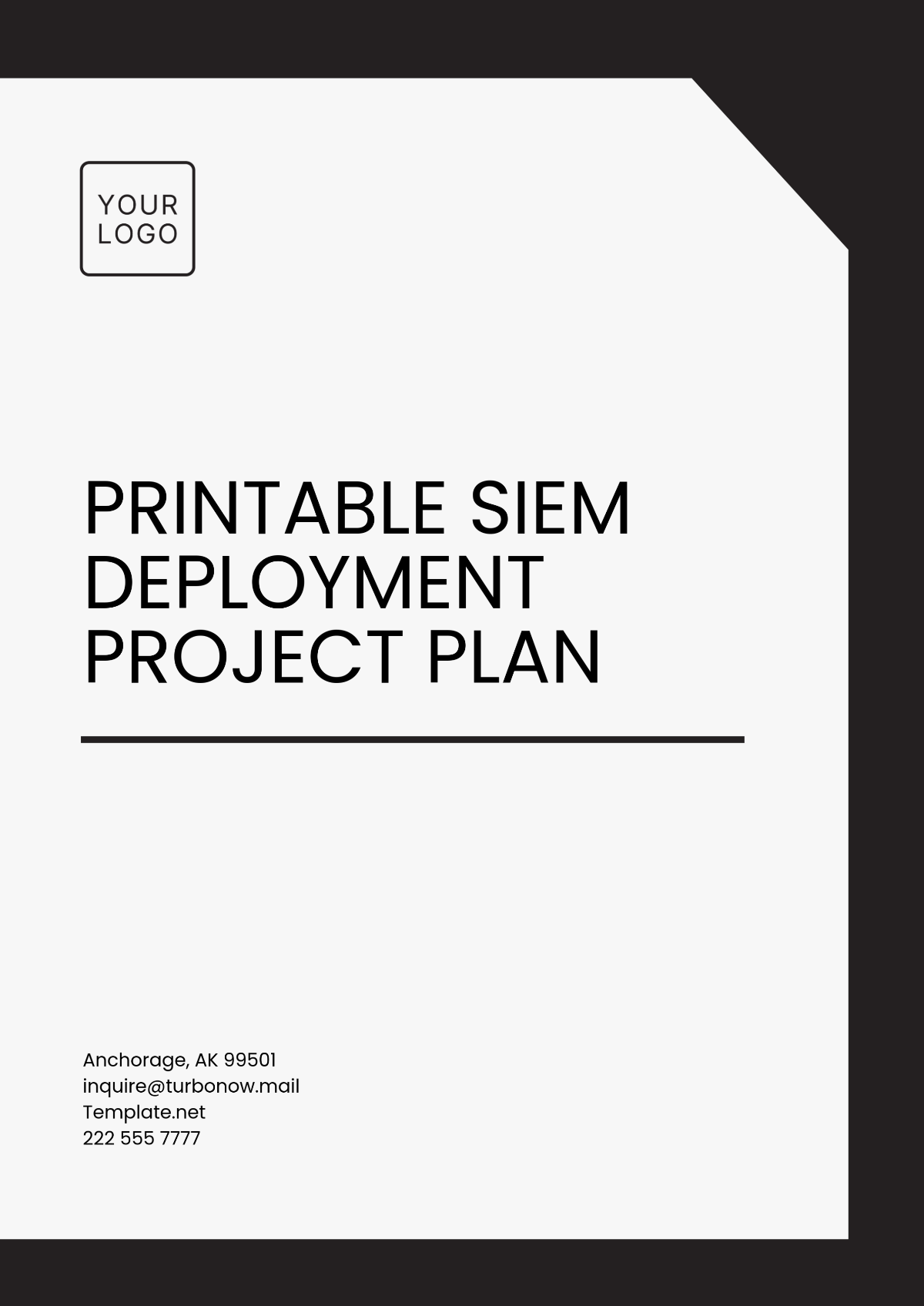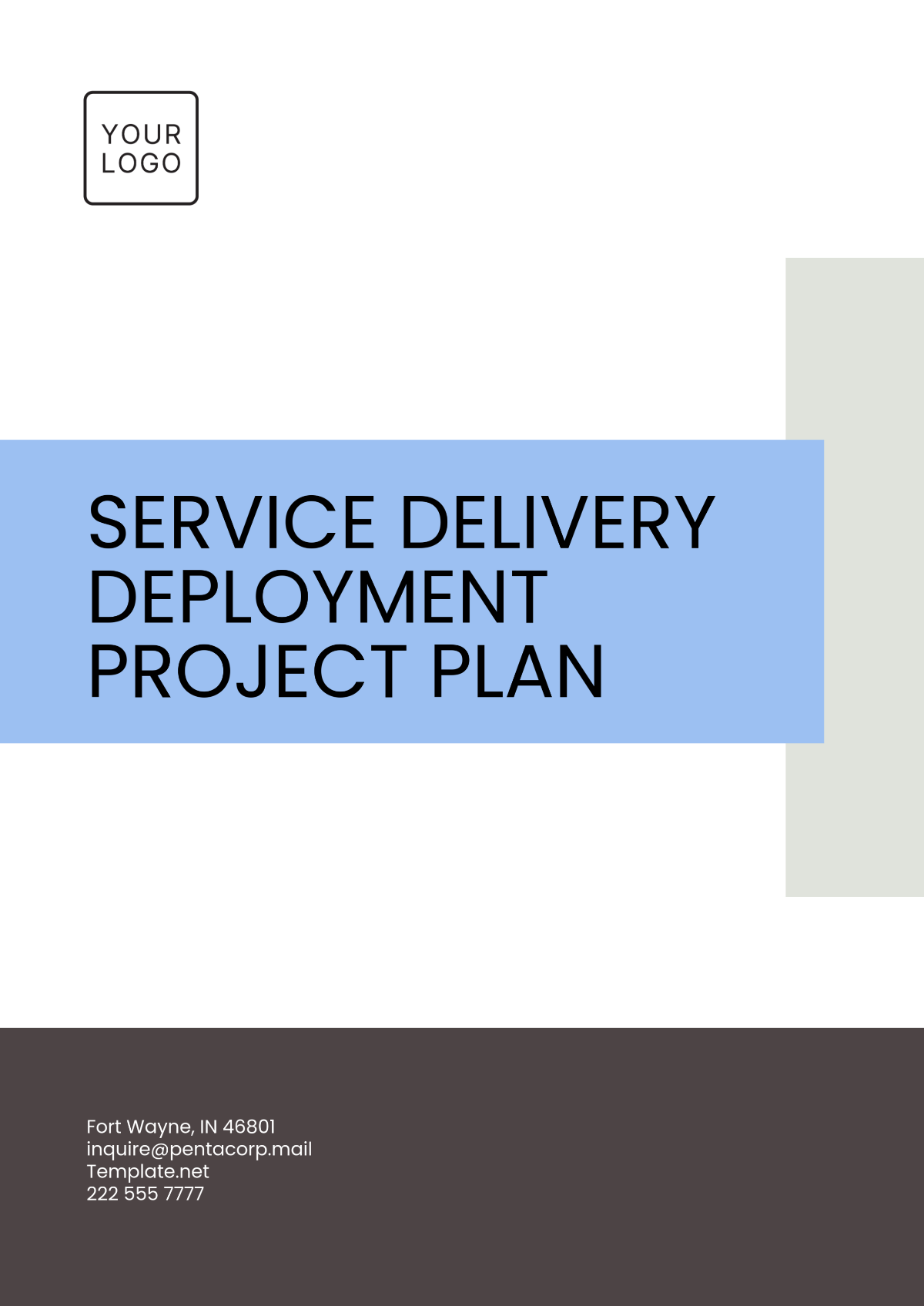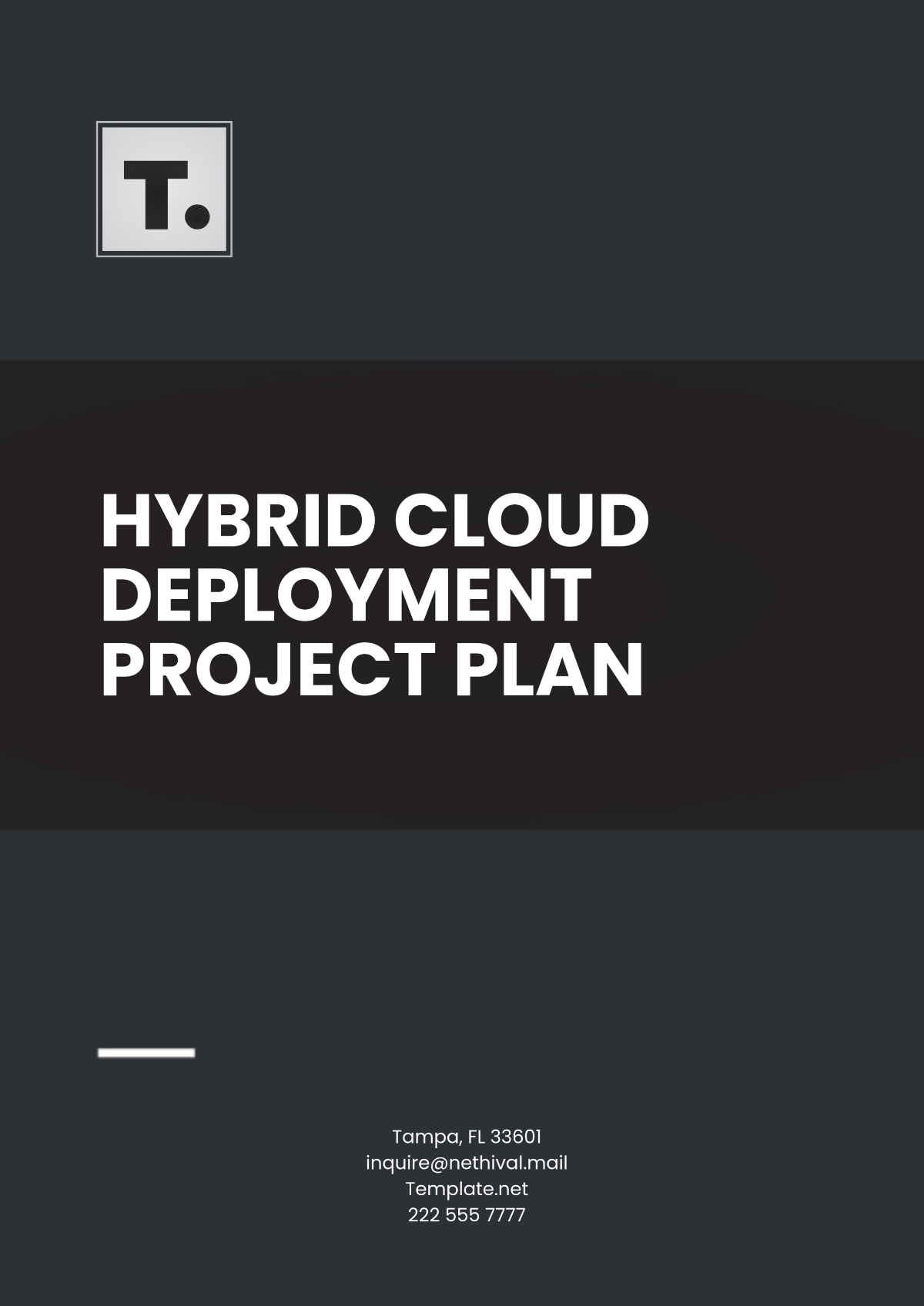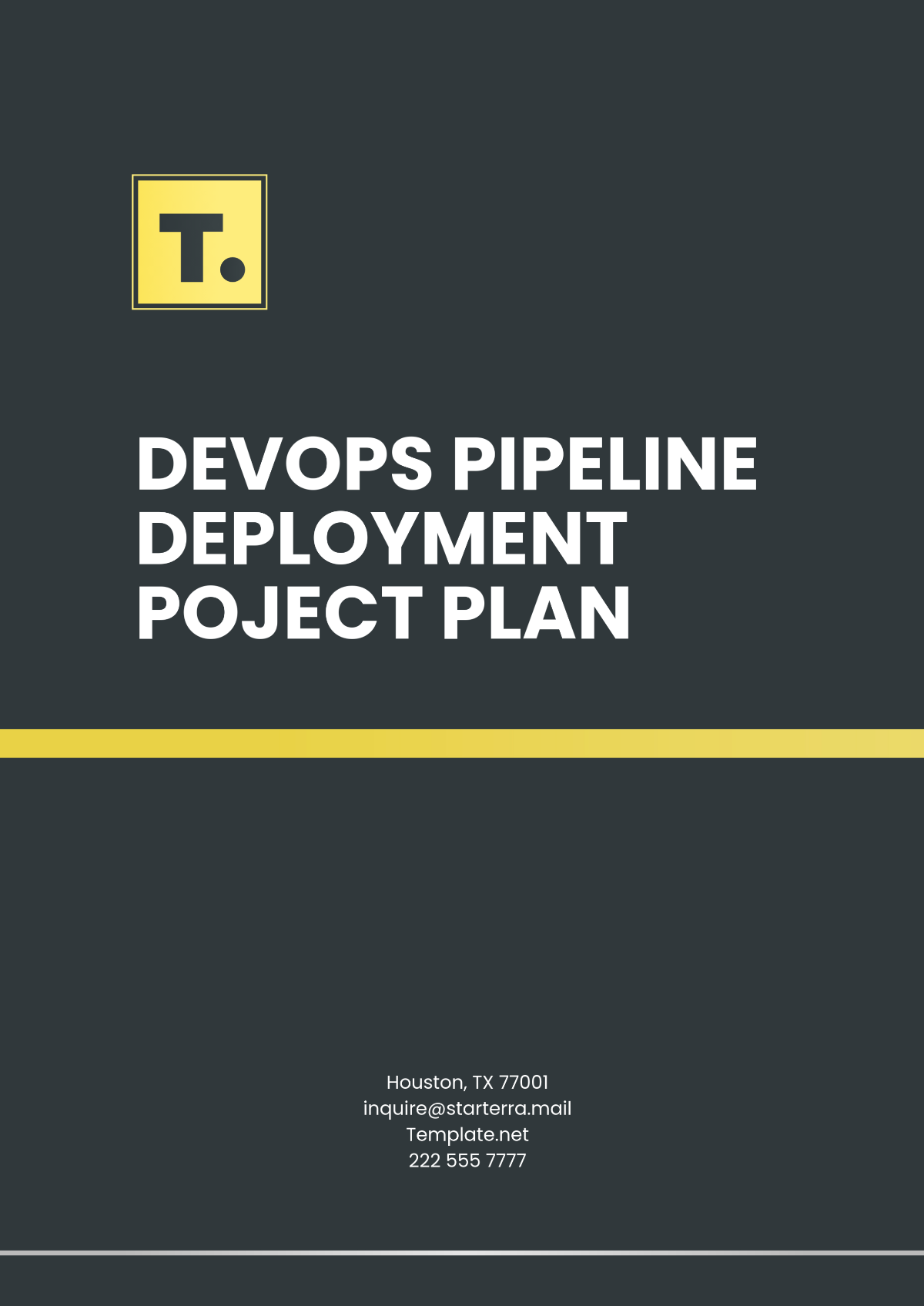Full Event Project Plan Advertising Document
Introduction
[Your Company Name] is set to organize a seminal event that will redefine the industry. This event is a showcase of our capabilities and a platform to connect, inspire, and lead the industry towards innovative advertising solutions. Our goal is to create an experience that resonates with industry professionals, clients, and media alike, highlighting our commitment to excellence and innovation in advertising.
Event Overview
This section outlines the strategic objectives, thematic focus, logistical arrangements, key features of the event, the targeted audience, and the anticipated outcomes. This overview serves as a blueprint for the event, ensuring alignment with [Your Company Name].
Objective: | To debut advanced digital marketing tools and strategies. |
Theme: | Innovative Digital Storytelling |
Date: | July 20, 2050 |
Venue: | Metropolitan Conference Center, New York City |
Key Feature: | A series of interactive workshops and panel discussions led by industry experts in digital marketing and advertising. |
Target Audience: | Aimed at advertising professionals, media representatives, and marketing thought leaders. |
Expected Outcomes: | Generate media attention and interest in the company's new campaign and digital tools. |
Project Team
This section delineates the core team members responsible for the planning, execution, and management of the event. Each member plays a vital role, contributing specific skills and expertise essential for the success of the event.
Team Member | Role | Contact Information |
[Name] | Project Manager | [Email] / [Number] |
[Name] | Marketing Lead | [Email] / [Number] |
[Name] | Technical Coordinator | [Email] / [Number] |
[Name] | Logistics Manager | [Email] / [Number] |
[Name] | Creative Director | [Email] / [Number] |
[Name] | Audience Engagement Specialist | [Email] / [Number] |
The team will work collaboratively, ensuring seamless integration of different components of the event. Regular meetings and updates will be scheduled to monitor progress and address any challenges promptly.
Event Schedule
This section provides a schedule for the event, detailing the timeline of activities planned for the day. Each segment is designed to engage the audience and effectively showcase [Your Company Name]'s innovative advertising solutions.
Time | Activity |
8:30 AM | Registration & Welcome |
9:15 AM | Opening Remarks |
9:30 AM | Keynote Speech by CEO |
10:15 AM | Coffee Break |
10:45 AM | Product Demonstrations |
12:00 PM | Networking Lunch |
1:30 PM | Panel Discussion |
2:45 PM | Interactive Workshops |
4:00 PM | Coffee Break |
4:30 PM | Case Study Presentations |
5:45 PM | Closing Remarks & Cocktail Hour |
Time slots are allocated to guarantee a balanced mix of informative and interactive sessions. Each segment is designed to engage different aspects of advertising and marketing, offering insights and hands-on experience.
Budget Allocation
This section presents a breakdown of the projected budget for the event. Each line item is carefully estimated to ensure cost-effectiveness while maintaining the quality and impact of the event.
Item | Estimated Cost |
Venue Rental | $20,000 |
Catering Services | $20,000 |
Audio/Visual Equipment Rental | $20,000 |
Marketing & Promotion | $20,000 |
Decor and Theming | $20,000 |
Staff and Personnel | $20,000 |
Miscellaneous Contingency | $20,000 |
TOTAL: | $20,000 |
The budget is designed to maximize the impact of each expenditure, ensuring that the event reflects [Your Company Name]'s standards of quality and innovation. Regular budget reviews will be conducted to monitor expenses and make adjustments as necessary.
Marketing and Promotion Strategy
This section outlines the marketing and promotion strategy for the event. The strategy is designed to maximize reach and engagement among the target audience, utilizing a mix of traditional and digital channels.
1. Digital Campaigns
Social Media Marketing: Initiating a multi-platform social media campaign that employs a blend of organic and sponsored content. Creating a content calendar that schedules regular posts, stories, and updates to build anticipation and engagement.
a. Email Marketing: Designing a series of email templates that vary in style and content, from informative newsletters to exclusive sneak peeks, each tailored to different segments of the mailing list. Incorporating dynamic content that changes based on recipient behavior and preferences.
b. Content Marketing: Developing a comprehensive content marketing strategy that involves placing well-researched articles and blog posts on high-traffic industry websites. Focusing on topics that resonate with the target audience, such as the future of digital advertising, case studies of successful campaigns, and insights into marketing analytics.
2. Traditional Advertising
a. Print Media: Forming partnerships with leading industry publications for both advertising and editorial opportunities. This dual approach ensures a consistent presence in the publications most frequented by the target audience.
b. Outdoor Advertising: Identifying and securing prime outdoor advertising spaces that offer maximum visibility to the target demographic. This includes digital billboards in business districts, posters in transit hubs, and other high-traffic areas.
3. Influencer Collaboration
a. Industry Influencers: Establishing in-depth collaborations with key influencers that go beyond simple endorsements. This could include joint webinars, co-hosted events, and collaborative content creation that offers value to both the influencers' followers and our audience.
b. Guest Blogging: Ensuring that the themes explored in guest blogs align closely with the event's focus areas. This approach helps in building a cohesive narrative around the event and reinforces its key messages.
4. Press Engagement
a. Press Releases: Crafting and distributing press releases to a carefully curated list of media outlets. Ensuring that each release is tailored to the interests and focus areas of the recipient publication, increasing the likelihood of coverage.
b. Media Partnerships: Offering exclusive access and coverage opportunities to media partners. This might include interviews with keynote speakers, previews of event content, or exclusive post-event insights.
5. Promotional Events
a. Pre-Event Webinars: Hosting webinars that showcase some of the event's key speakers, offering a preview of the insights and expertise they will bring to the event. This approach not only builds interest in the event but also establishes its thought leadership credentials.
b. Interactive Sessions: Designing the webinars to be highly interactive, with opportunities for attendees to ask questions and engage directly with the speakers.
Success Metrics
This section defines the key performance indicators (KPIs) and metrics that will be used to assess the success of the event. The focus is on quantifiable data that reflects the event's impact and effectiveness.
1. Attendee Satisfaction
a. Survey Distribution: Distributing a detailed post-event survey to all attendees, covering aspects like content quality, speaker performance, overall experience, and suggestions for improvement.
b. Net Promoter Score (NPS): Calculating the Net Promoter Score to gauge the likelihood of attendees recommending the event to others.
c. Feedback Analysis: Analyzing feedback for trends and areas of strength or improvement, with a target satisfaction rate of 85% or higher.
2. Lead Generation
a. Number of Leads: Tracking the number of new business leads generated directly from the event, with a target of acquiring at least 250 quality leads.
b. Lead Conversion Rate: Monitoring the conversion rate of these leads into actual business opportunities or sales, aiming for a conversion rate of at least 10%.
3. Media Coverage
a. Quantity of Mentions: Counting the number of times the event is mentioned in media outlets, with a goal of achieving at least 30 mentions across various platforms.
b. Quality of Coverage: Evaluating the quality of media coverage, focusing on key messages conveyed and the overall tone of the coverage. Followed by, assessing the reach of media coverage and engagement levels, such as social media shares and comments on articles.
4. Social Media Engagement
a. Engagement Metrics: Tracking basic metrics like likes, shares, and comments, analyzing user interactions for insights into audience sentiment and preferences. Utilizing advanced analytics tools to measure the depth of engagement, such as time spent on posts, and the rate of user interaction over time.
b. Hashtag Performance: Monitoring the frequency and context in which event-specific hashtags are used across different social media platforms. Employing sentiment analysis tools to understand the tone and context of posts using the event hashtags, providing insights into public perception.
c. Follower Growth: Measuring the rate of new followers acquired during the event campaign and comparing it to baseline growth rates. Developing strategies to retain newly acquired followers post-event, turning them into long-term audience members.
5. Business Impact
a. Client Feedback: Conducting structured surveys with clients to gather detailed feedback on the event's impact on their perception of [Your Company Name].
b. Sales Metrics: Examining the quality and conversion rate of leads generated from the event, assessing how effectively these leads are turned into actual sales.
Risk Management
This section provides an extensive framework for identifying and mitigating risks associated with [Your Company Name]'s event. It encompasses a wide range of potential issues, from logistical challenges to unforeseen external factors, ensuring preparedness and resilience.
Venue and Infrastructure Risks: Unexpected venue-related issues, such as infrastructural failures, power disruptions, or access problems.
a. Mitigation: Establishing alternative power sources like generators, ensuring multiple access points, and arranging for backup venues. Regular liaison with venue management to stay updated on any potential issues.
Technological and Digital Risks: Failures in critical technology systems, including registration platforms, presentation tools, or virtual event components.
a. Mitigation: Implementing redundant systems and backups for all critical technology components. Regular testing and updating of all digital platforms. Establishing rapid-response IT support teams for immediate troubleshooting.
Health, Safety, and Environmental Concerns: Health emergencies, accidents, or environmental hazards affecting the event.
a. Mitigation: Developing a comprehensive health and safety plan, including COVID-19 protocols if relevant. Regular training for staff on emergency response procedures. Coordination with local health authorities and environmental experts to ensure compliance with regulations and best practices.
Security and Privacy Threats: Potential security breaches, data privacy violations, or physical disturbances.
a. Mitigation: Implementing advanced cybersecurity measures for all digital systems. Ensuring strict data protection protocols. Contracting experienced security firms for physical security, including crowd control, emergency response, and VIP protection.
Human Resource and Personnel Challenges: Staff shortages, team miscommunication, or issues with event personnel.
a. Mitigation: Building a robust team with contingency staff in key positions. Implementing clear communication protocols and regular team briefings. Providing comprehensive training to all staff members on their roles and emergency procedures.
Supplier and Vendor Issues: Problems with suppliers or vendors, such as catering, equipment rentals, or transport services.
a. Mitigation: Vetting and contracting multiple suppliers for critical services. Establishing clear contracts with contingency clauses. Regular coordination and confirmation with all vendors leading up to the event.
Weather-Related Disruptions: Adverse weather conditions impacting outdoor events or travel logistics.
a. Mitigation: Monitoring long-term weather forecasts and having a comprehensive weather contingency plan, including alternative indoor venues. Preparing for weather-related logistical challenges, such as transportation delays.
Financial Risks: Budget overruns, unexpected expenses, or financial losses due to low turnout.
a. Mitigation: Regular budget reviews and updates. Establishing a contingency fund for unforeseen expenses. Implementing dynamic pricing strategies and targeted marketing to boost attendee numbers.
9. Reputational Risks: Negative publicity or dissatisfaction leading to reputational damage.
a. Mitigation: Proactive public relations strategies, including a crisis communication plan. Gathering and addressing feedback rapidly during and after the event to mitigate any negative perceptions.
Post-Event Activities
This section outlines the activities planned following the event to maximize its impact and maintain momentum. These activities are designed to reinforce connections, gather feedback, and leverage the event's success for future initiatives.
1. Thank-You Communications
a. Personalized Emails: Sending out personalized thank-you emails to attendees, speakers, sponsors, and partners, expressing gratitude and summarizing key highlights of the event.
b. Social Media Acknowledgments: Posting thank-you messages on social media platforms, tagging key participants and sharing memorable moments from the event.
2. Feedback Collection
a. Online Surveys: Distributing detailed online surveys to attendees to gather feedback on various aspects of the event, including content, organization, and overall experience.
b. Focus Groups: Organizing virtual focus groups with a selection of attendees to discuss their experiences in-depth and gather qualitative feedback.
3. Content Distribution
a. Event Recap and Highlights: Publishing a comprehensive event recap on the company website and social media platforms, including key takeaways, speaker quotes, and photo/video highlights.
b. Access to Recorded Sessions: Providing attendees with access to recorded sessions and additional resources for further learning and sharing within their networks.
4. Lead Follow-Up
a. Direct Outreach: Engaging in direct follow-up with leads generated during the event, using personalized communication to build on the initial connection.
b. Lead Nurturing Campaigns: Implementing targeted email campaigns to nurture leads, providing them with relevant content and updates about [Your Company Name]'s services and upcoming events.
Conclusion
The plan for the event covers every aspect from initial planning to post-event activities, ensuring a well-organized and impactful experience. The detailed strategies in marketing, risk management, and post-event follow-ups are designed to make this event successful and set a benchmark for future events. Through meticulous planning and execution, [Your Company Name] is poised to reinforce its position as a leader in innovative advertising, fostering lasting relationships with clients and industry peers, and driving forward the future of digital marketing.

